documenting and deconstructing the 19th century chicago workers cottage
This entry was posted on October 3 2022 by Eric
for nearly two decades - if not longer - i've witnessed countless irreplaceable mid-to-late 19th century wood-framed worker cottages targeted for rapid removal and erasure. for the most part every site is the same, where i must carefully and methodically parse through each and every component of a cottage as it's rapidly torn apart before my eyes - usually in a matter of hours.
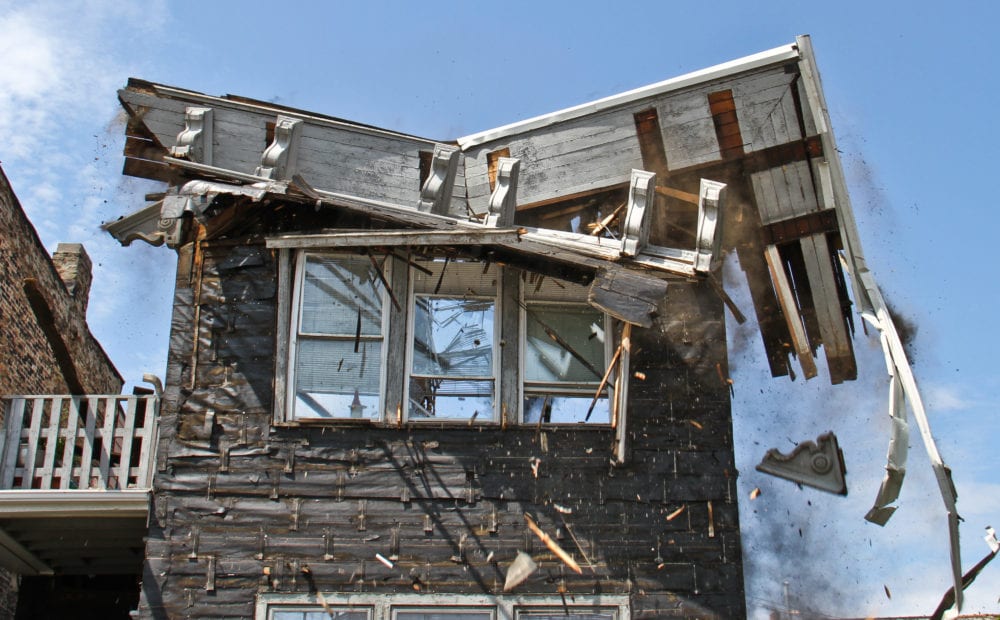
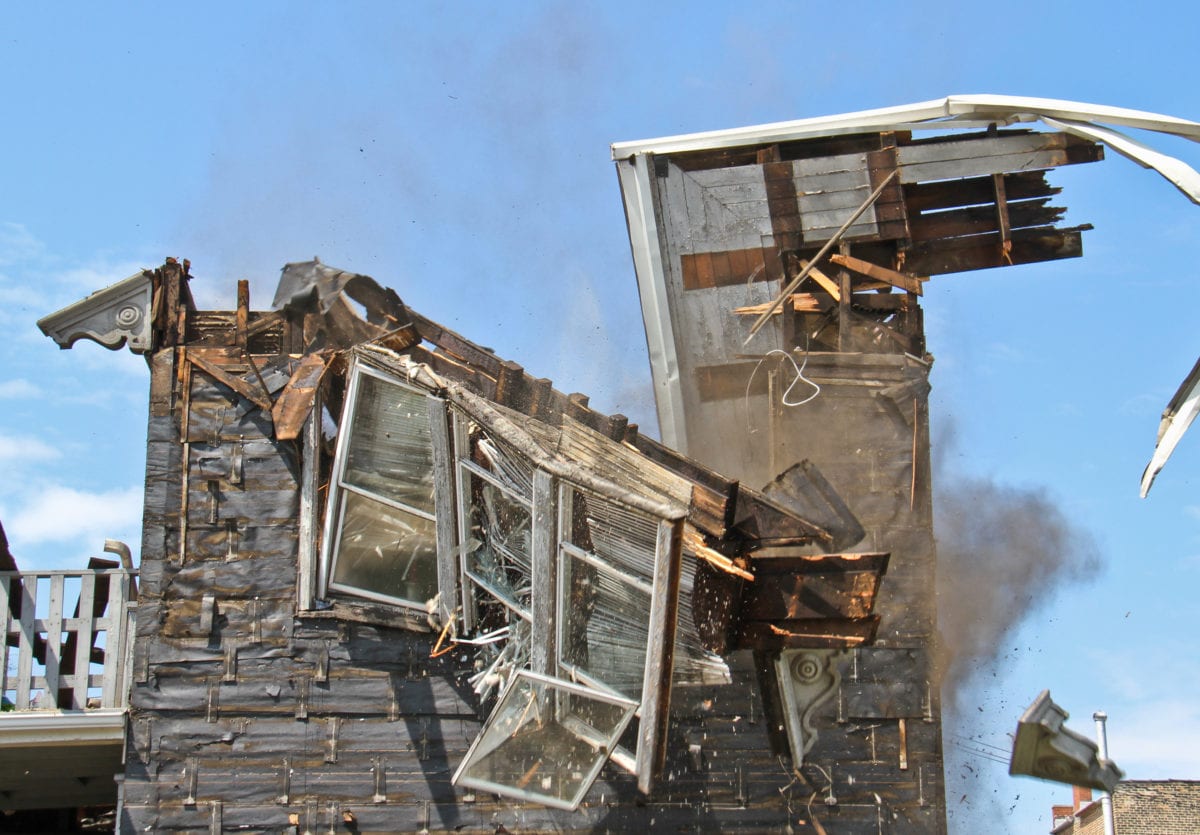
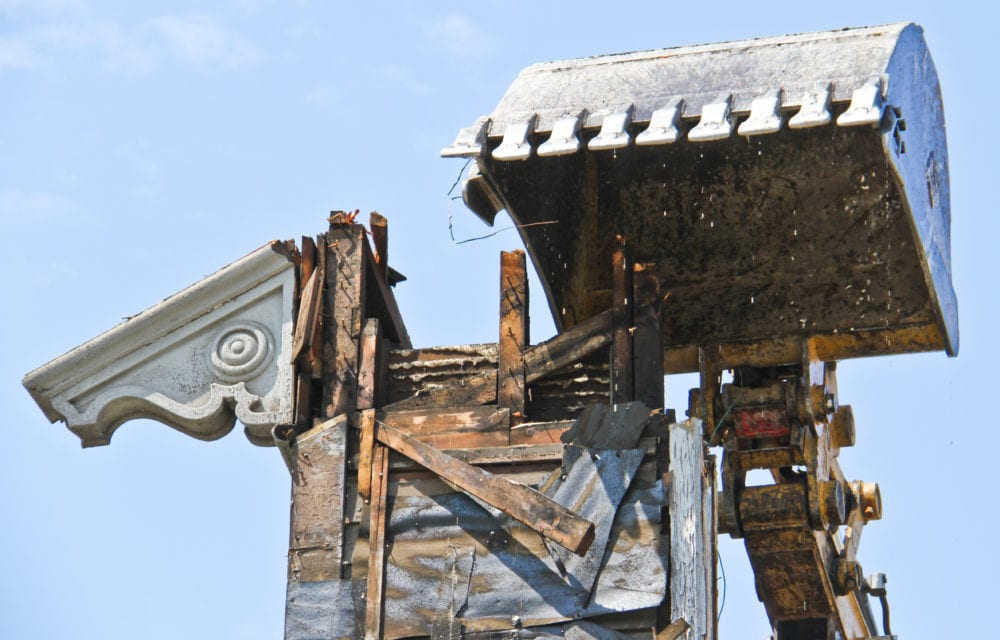
after the wrecking machine and the water hoses are once again silent, all that remain are the large sill plate beams outlining the ghostly footprint of the former cottage. for well over a century, these notched and pinned beams supported a unique one or two story home, and increasingly, many support a giant pile of the cottage's rubble, reduced to splintered studs and joists, twisted and contorted iron pipes, strips of clapboard siding, and a great deal of lath and plaster.

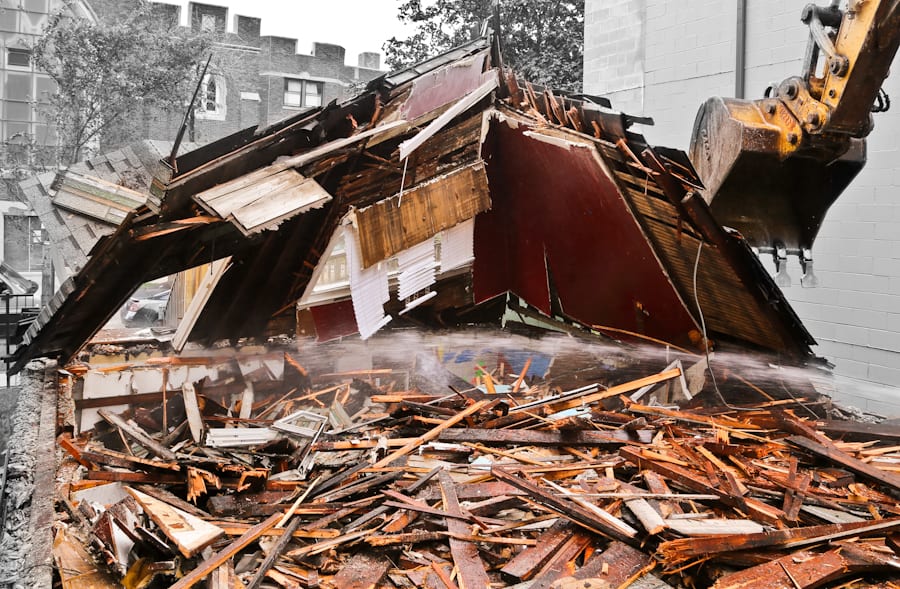
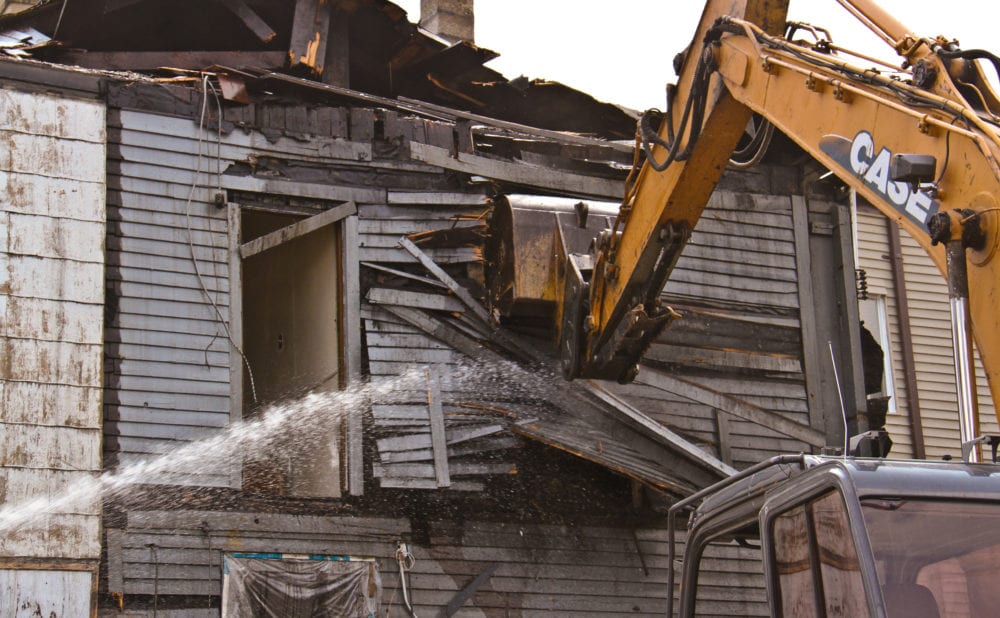
with well over 100,000 images, not to mention hundreds of hours of recordings, i can say with confidence that i've seen it all. i try to establish a whole slew of parameters with which to group and process this daunting amount of data, to tease out patterns in materials, construction methodologies, and period of construction. still, demolition surges forward, creating never-ending opportunities for data collection in a fast-paced sequence of unraveling a building’s structural integrity in the most unimaginable ways - eradicating rich histories in a chaotic cascade of walls and windows. the entire process is stupefying, even to someone who has witnessed it over and over again. i am continually appalled when dredging up photo-documentation and memories of the senseless, stupid turmoil.
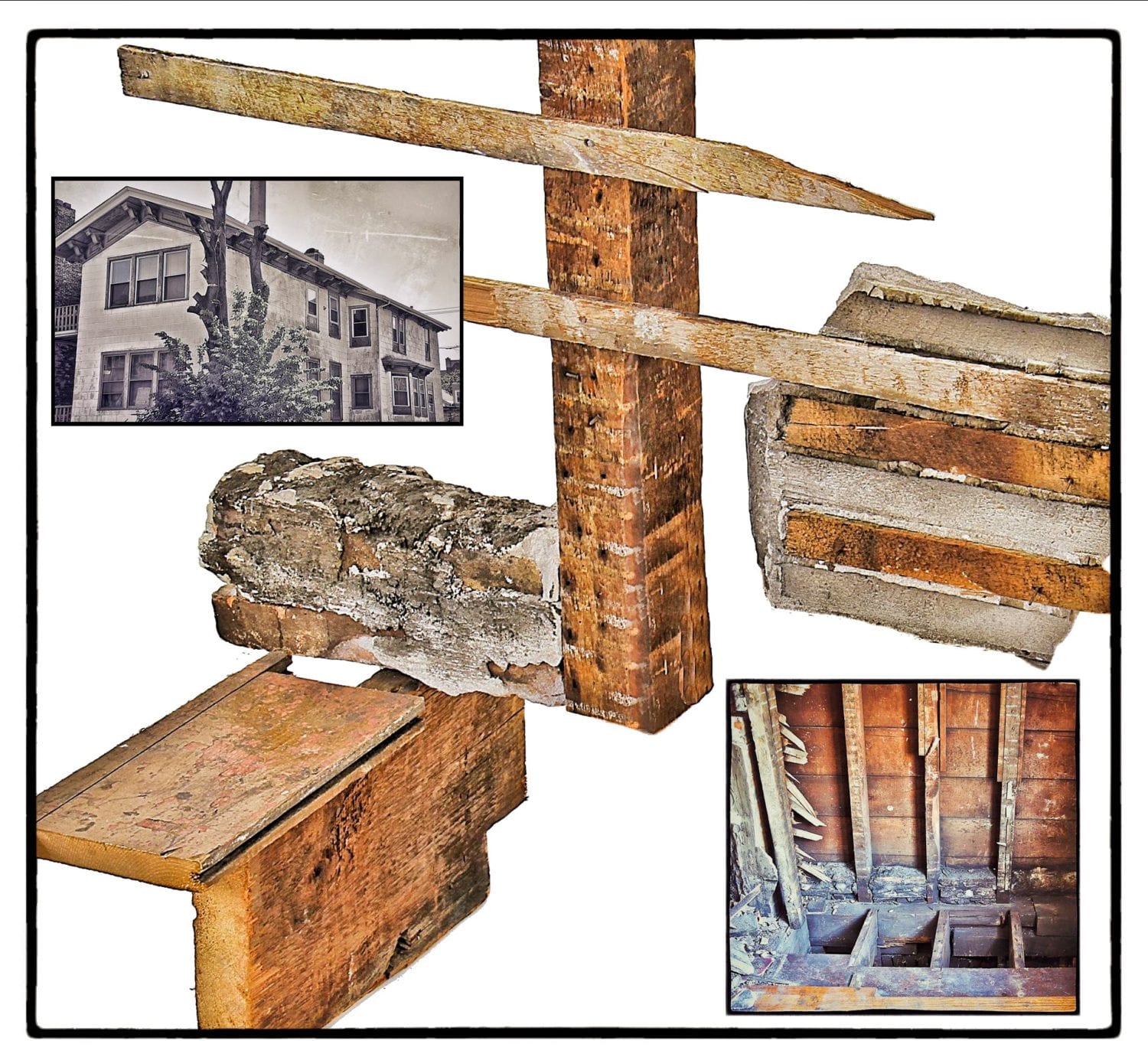
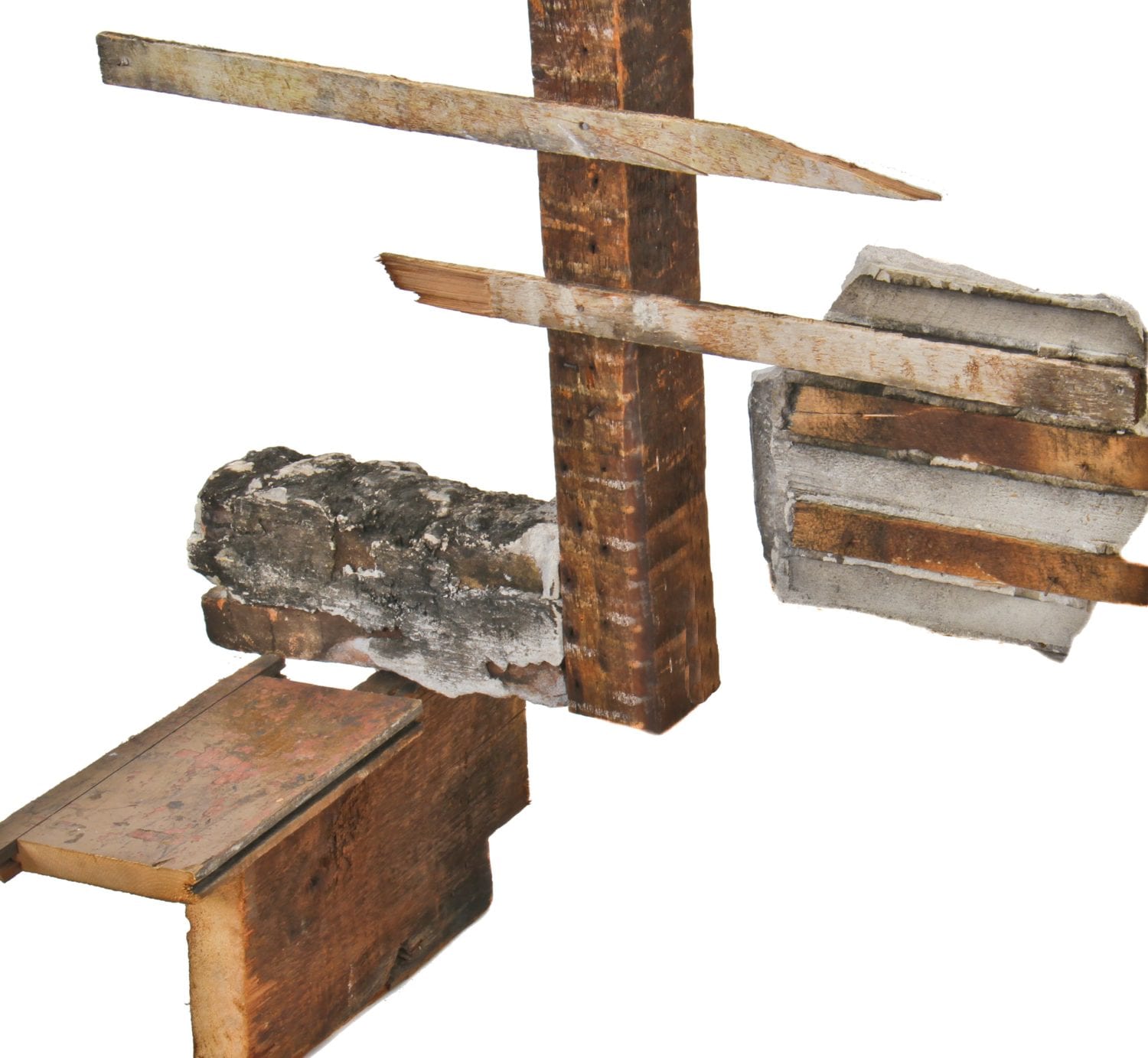
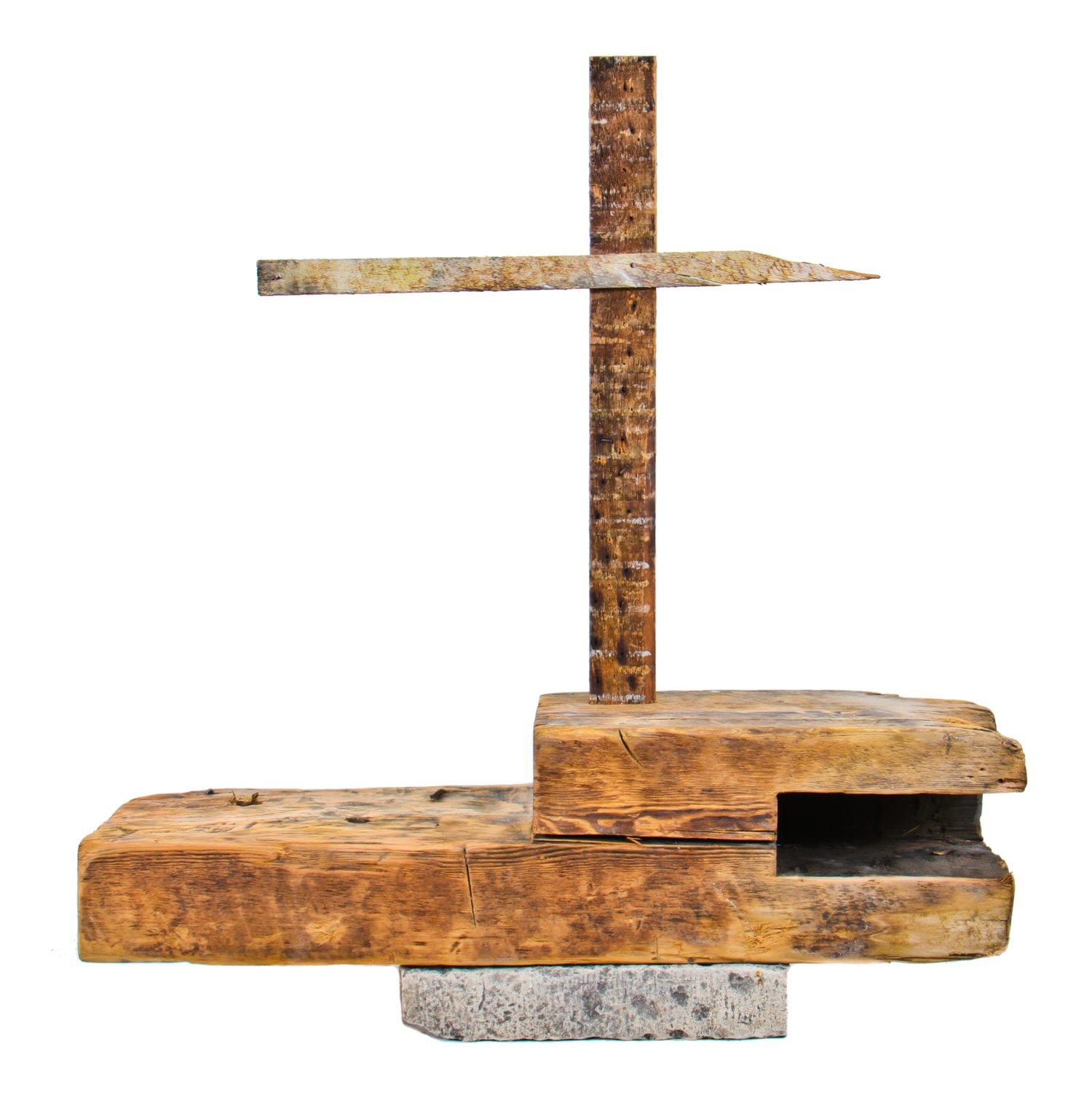
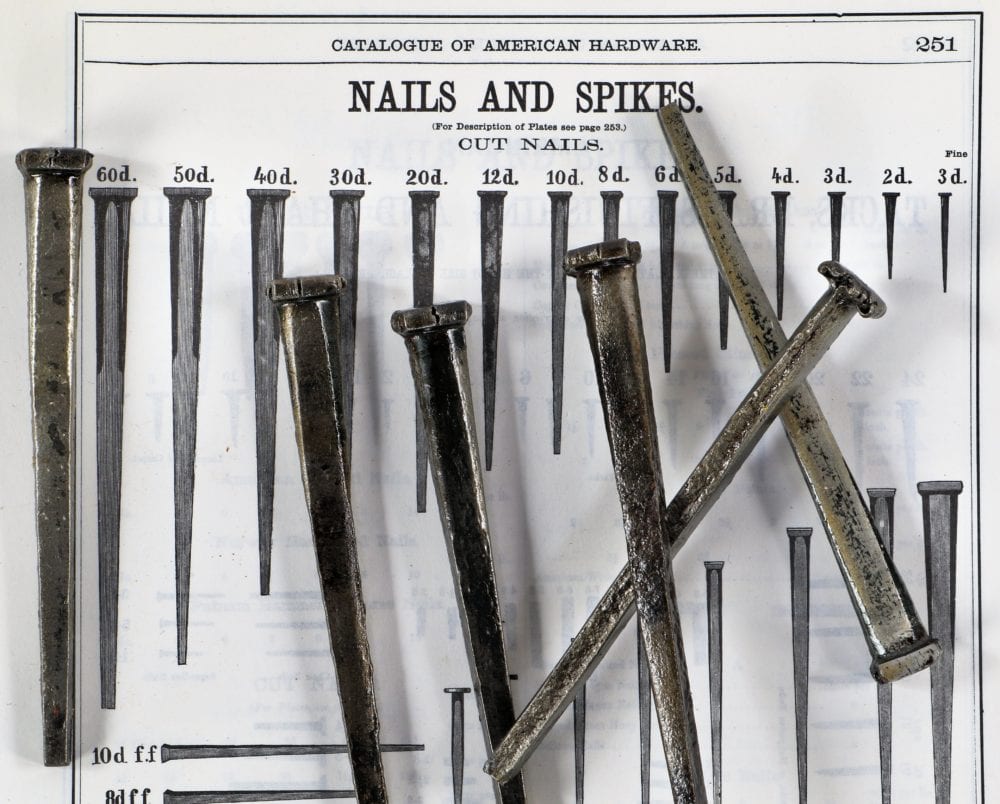
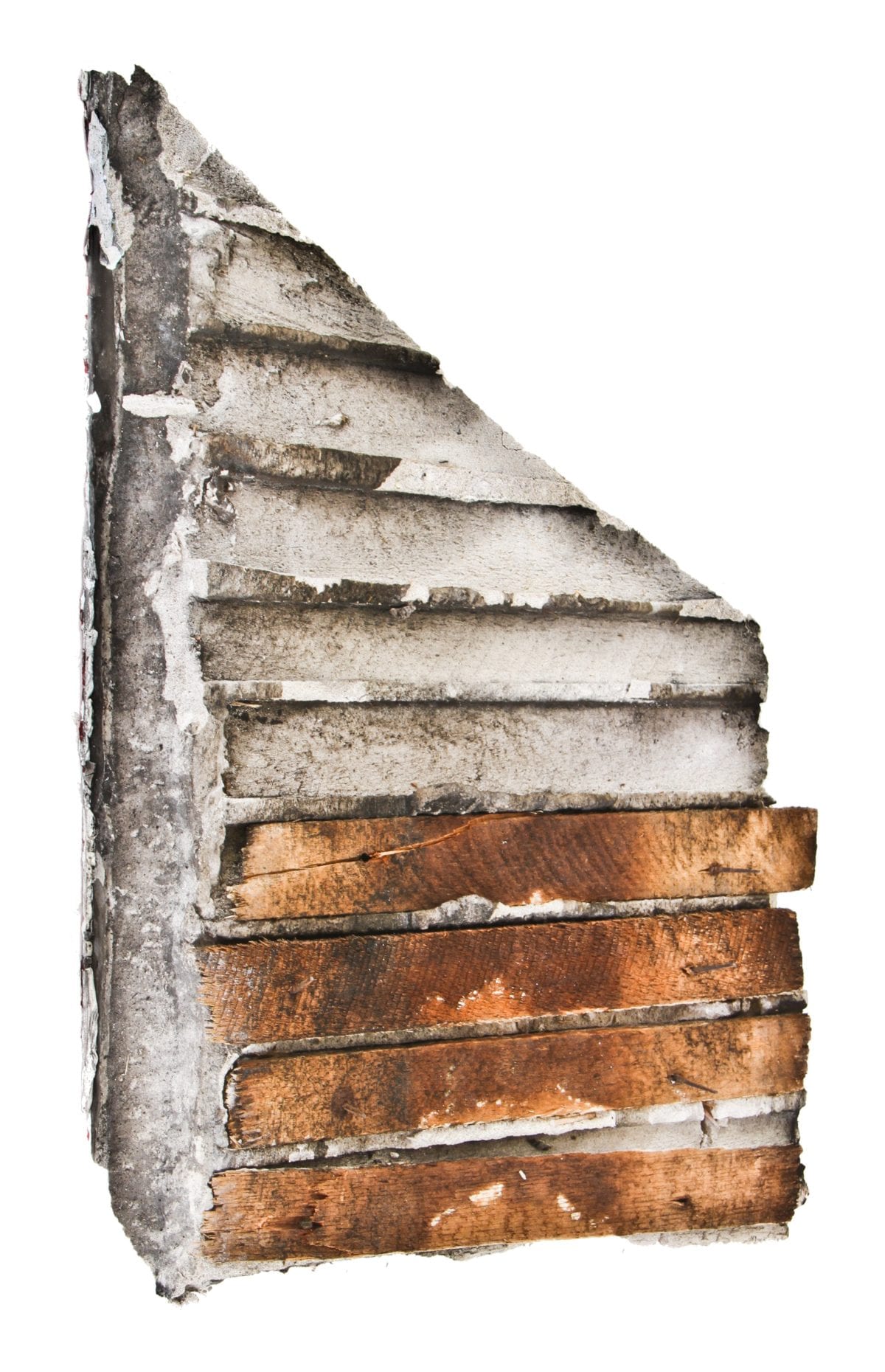
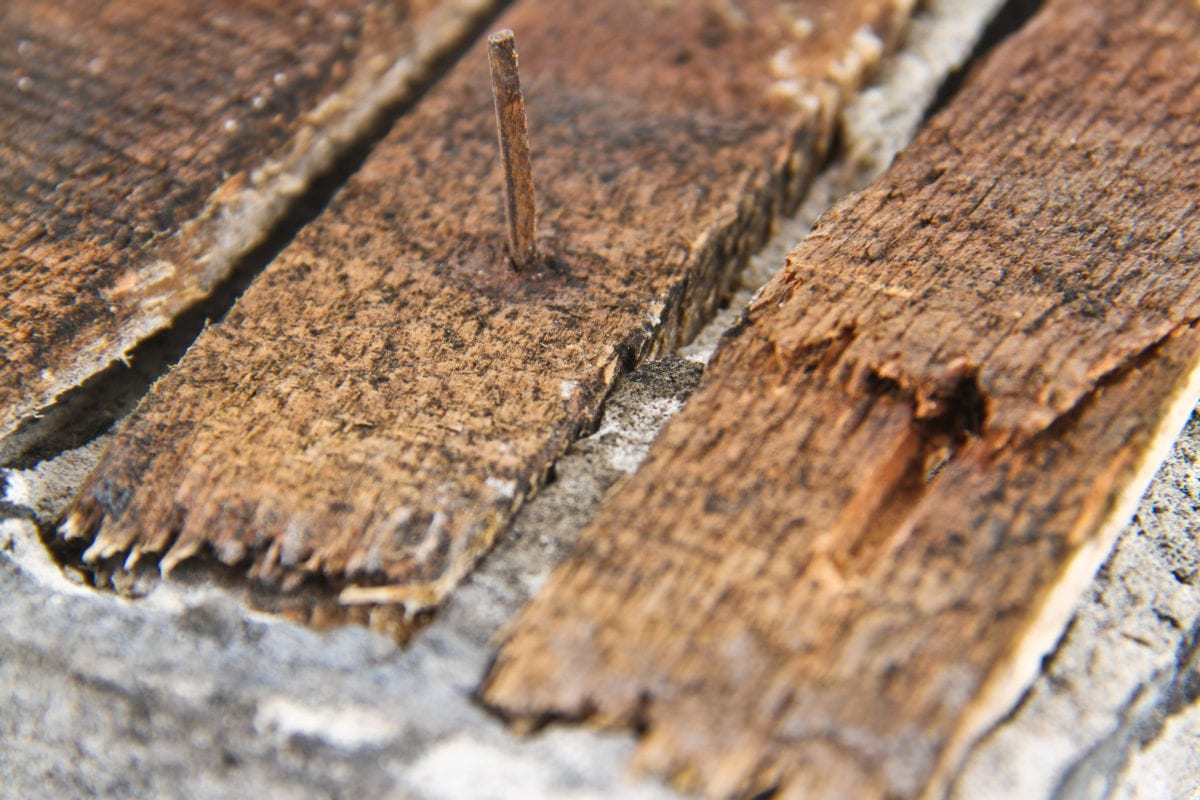
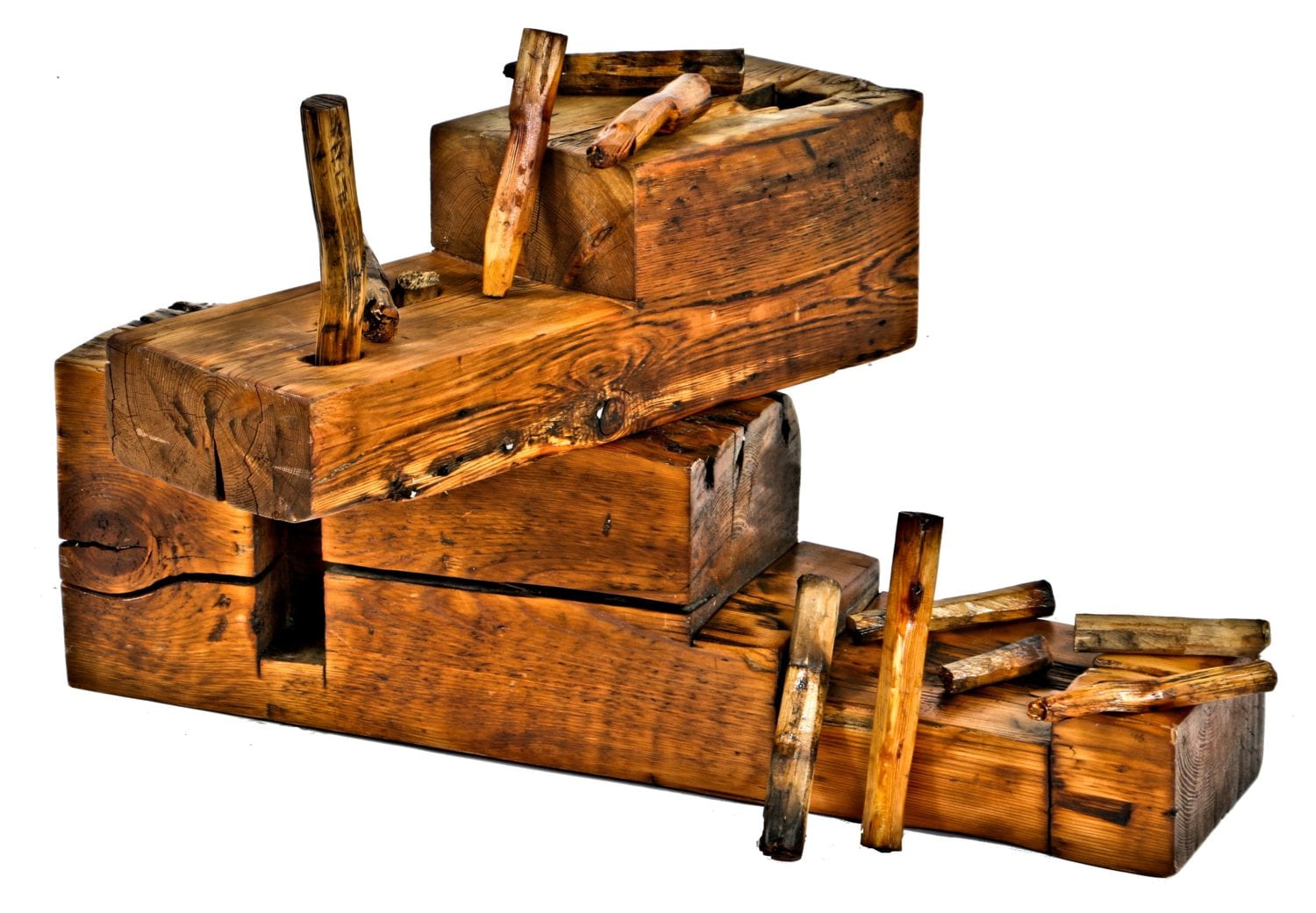
as much as i badly want to walk away from it all, i simply can't. that elusive "off" switch, buried deep in the recesses of my brain, is all but inaccessible. perhaps i subconsciously hide it from myself, knowing that there is a greater purpose in keeping up a momentum of recording events that many people are unaware of, or simply indifferent to. in so many ways this fervent need to keep going is a curse (and one that i suspect richard nickel shared during his time), but at the end of the day, who the hell else is going to record these events? i feel in my bones that it's important, not only from a data-collecting standpoint, but in terms of archiving a past that is ebbing away. perhaps knowing the city’s history will help dictate where we go in the future – maybe not.
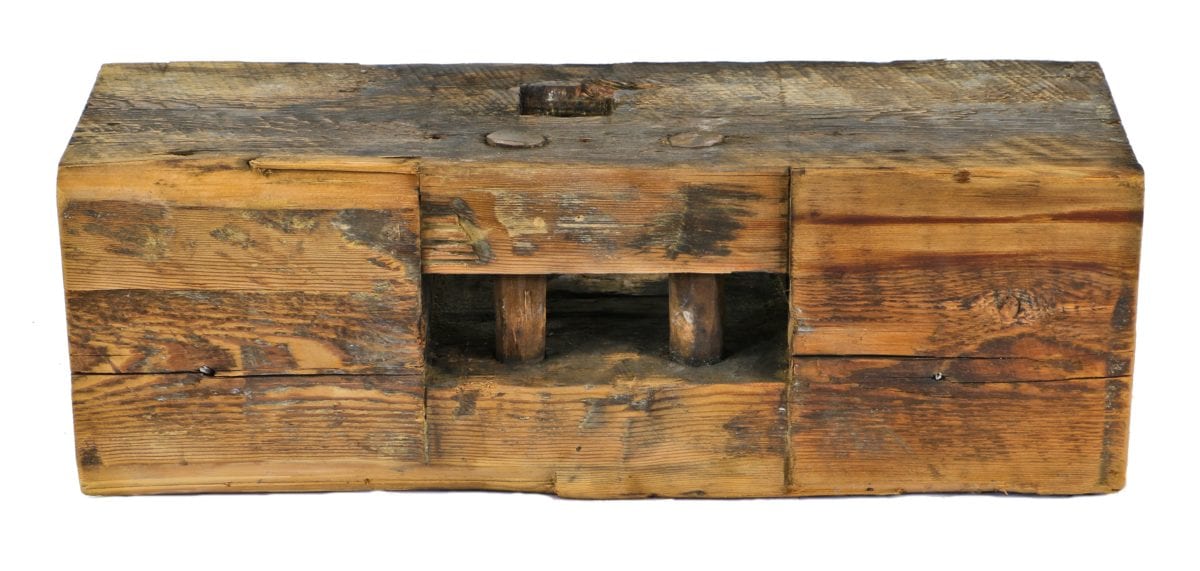
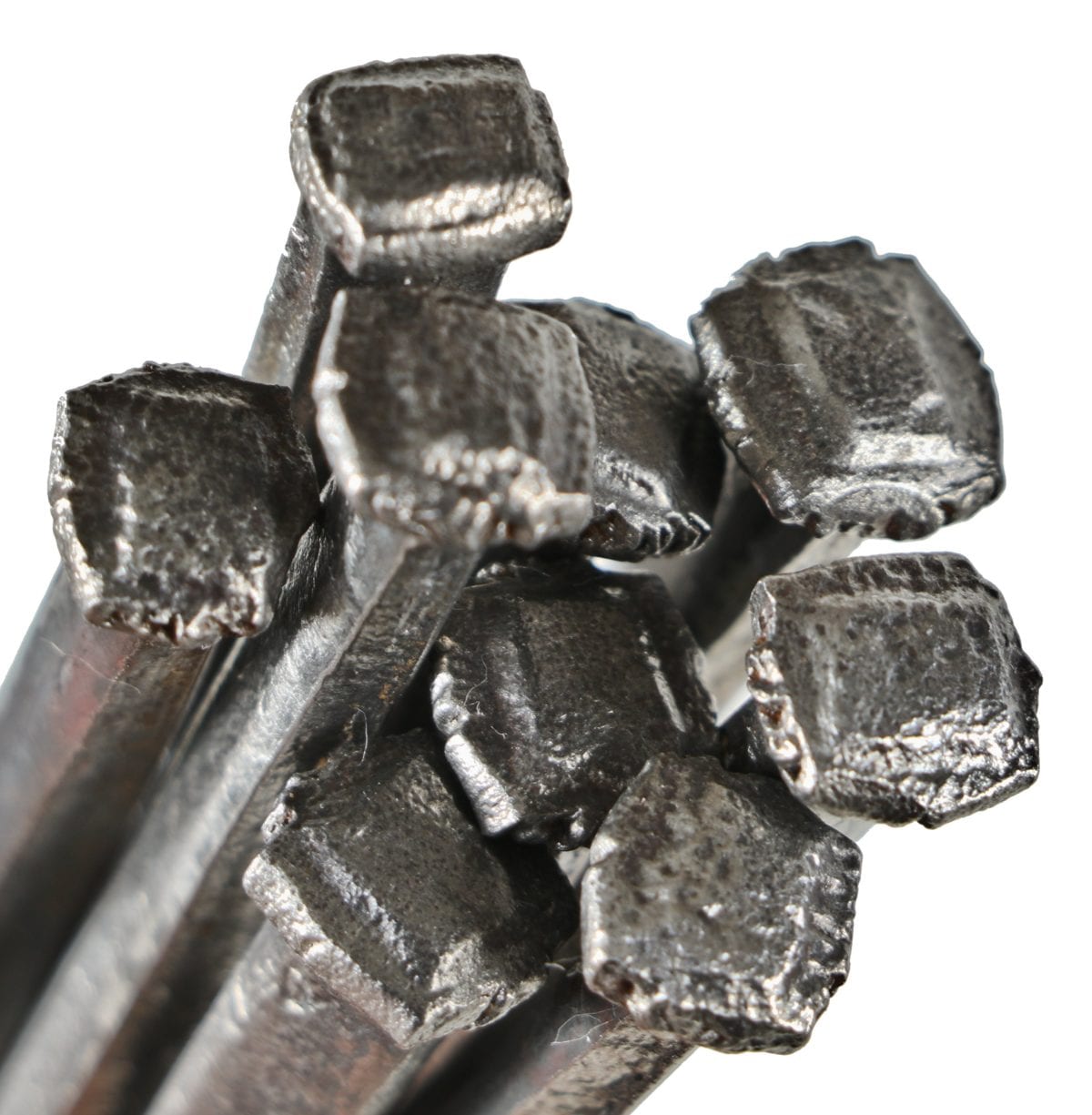
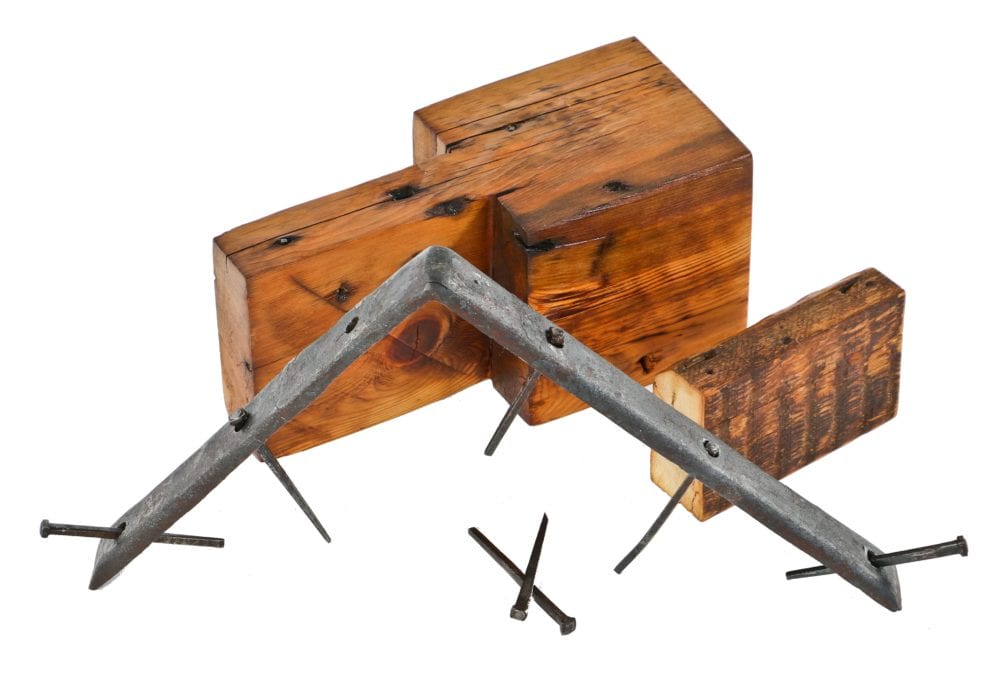
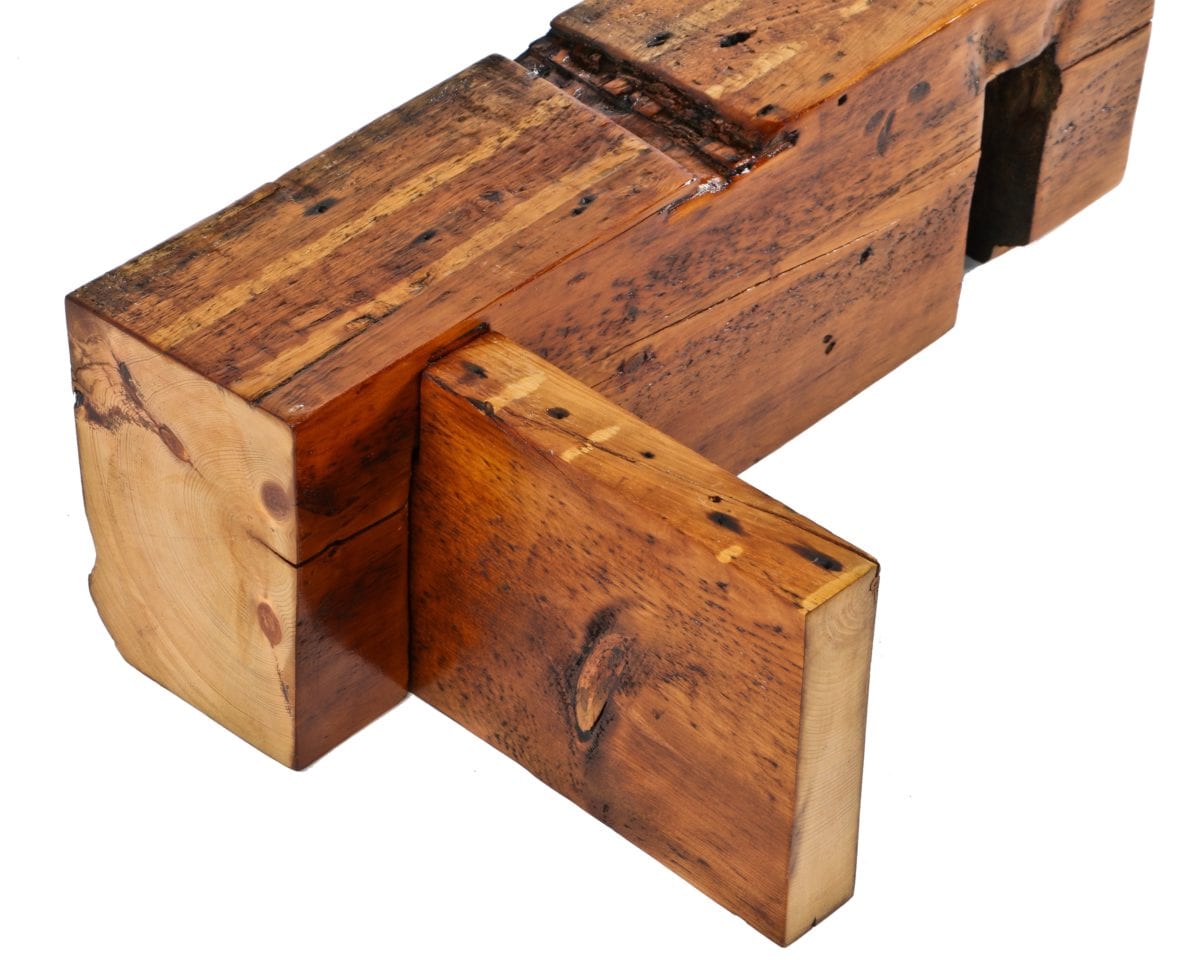
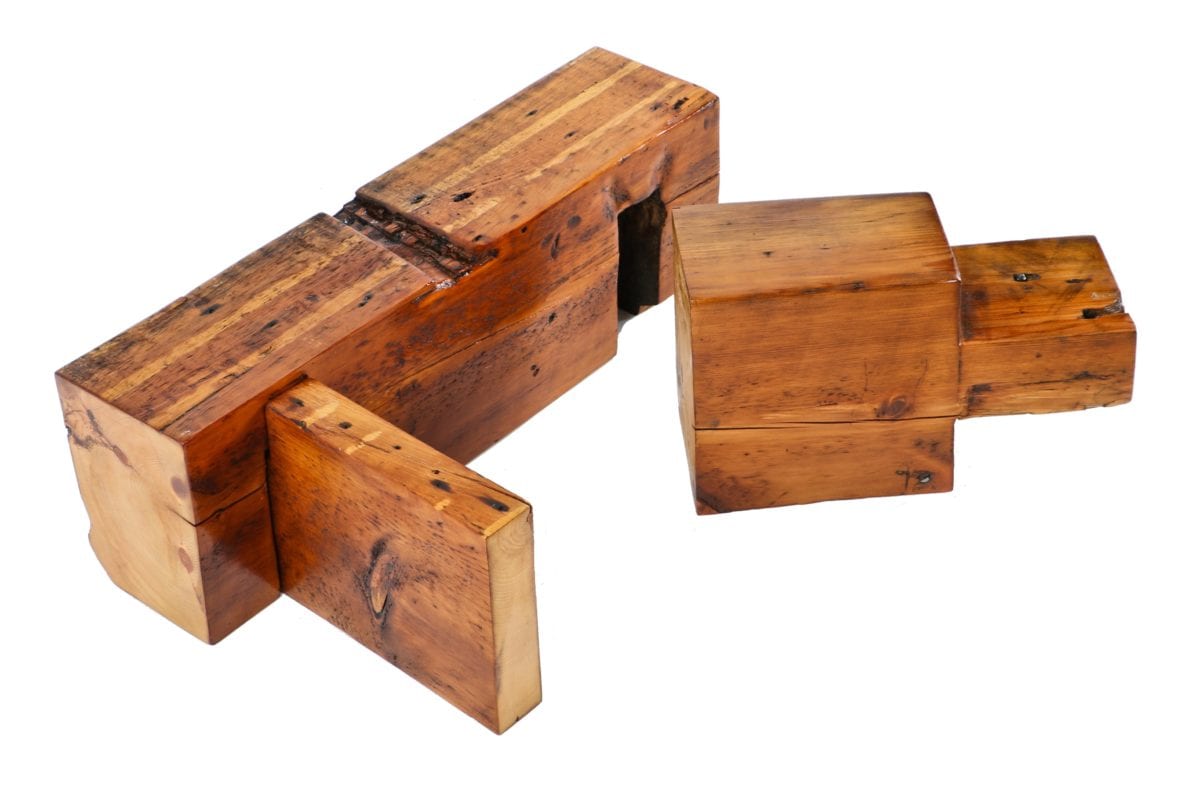
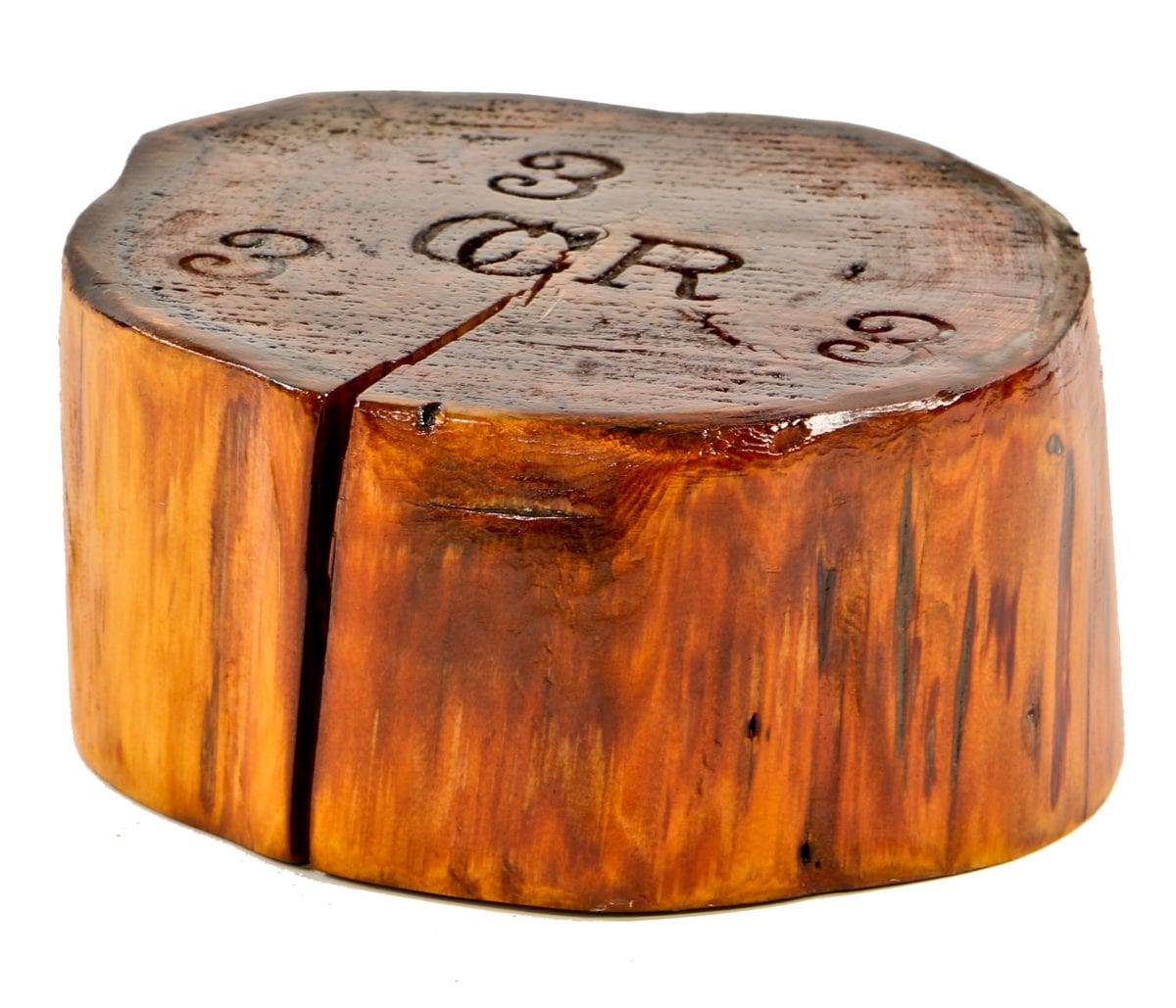
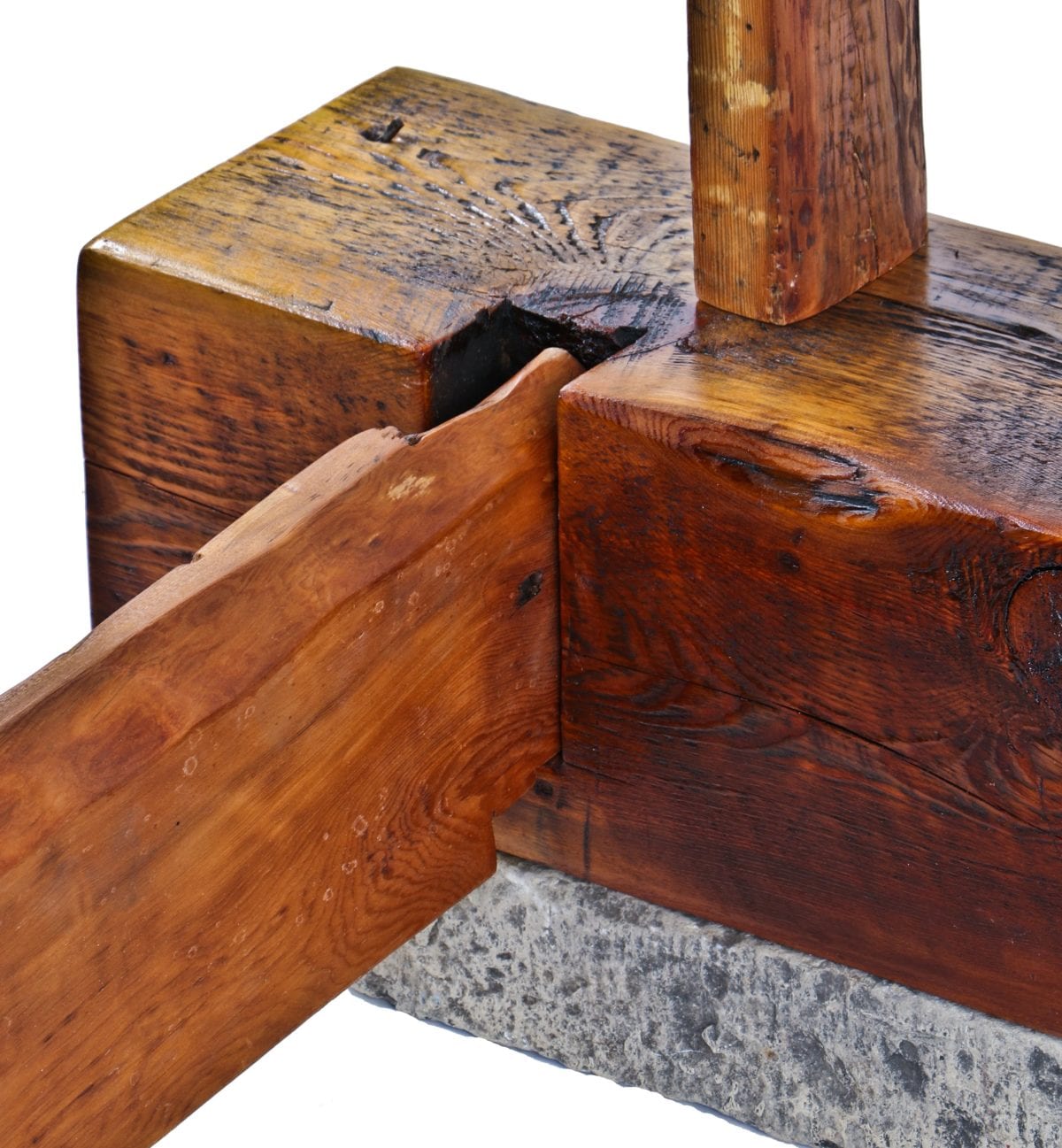
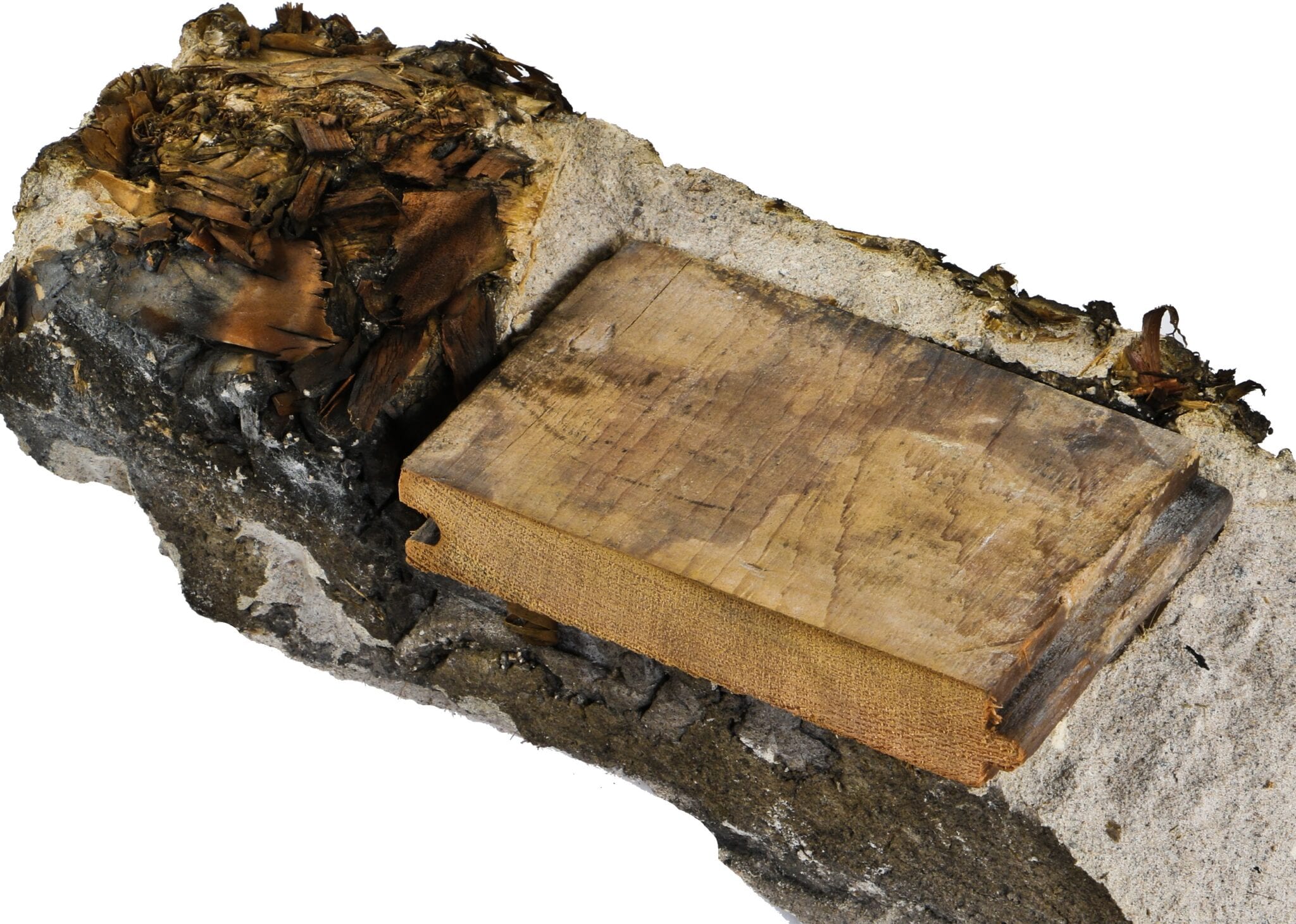
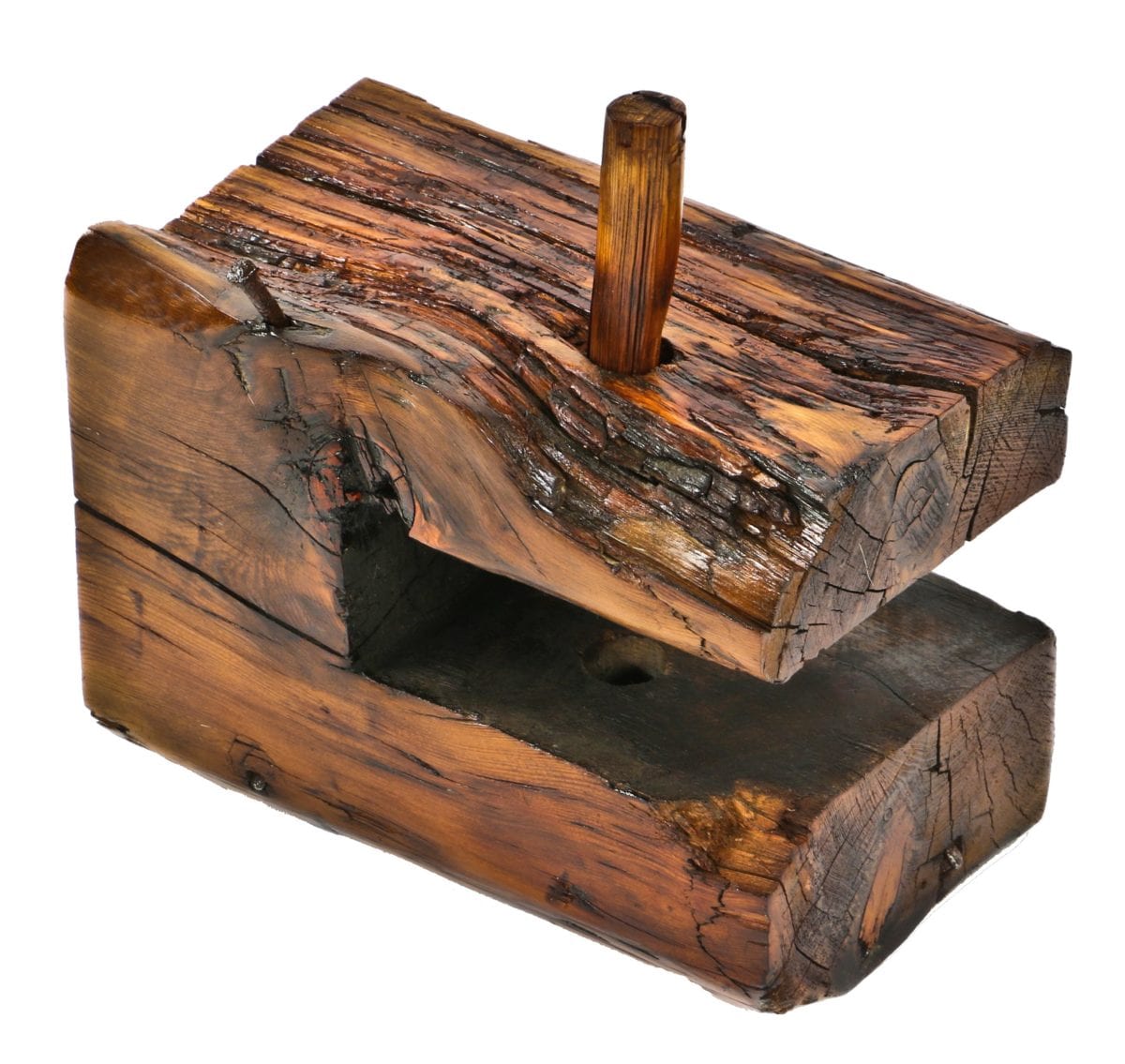
as of late i've largely given up on allotting time to meticulously research what i'm recording, since it's never-ending and I only have so much time. i'm not particularly happy about that, because i find research to be integral to making this work meaningful, building narratives around the disappearing pieces of the cityscape. for now though, i will keep trudging along creating records that can be fleshed out at some later point in time. perhaps in the meantime photo-documentation and brief pieces of information will generate interest, and fellow enthusiasts will contribute to the knowledge of these buildings.
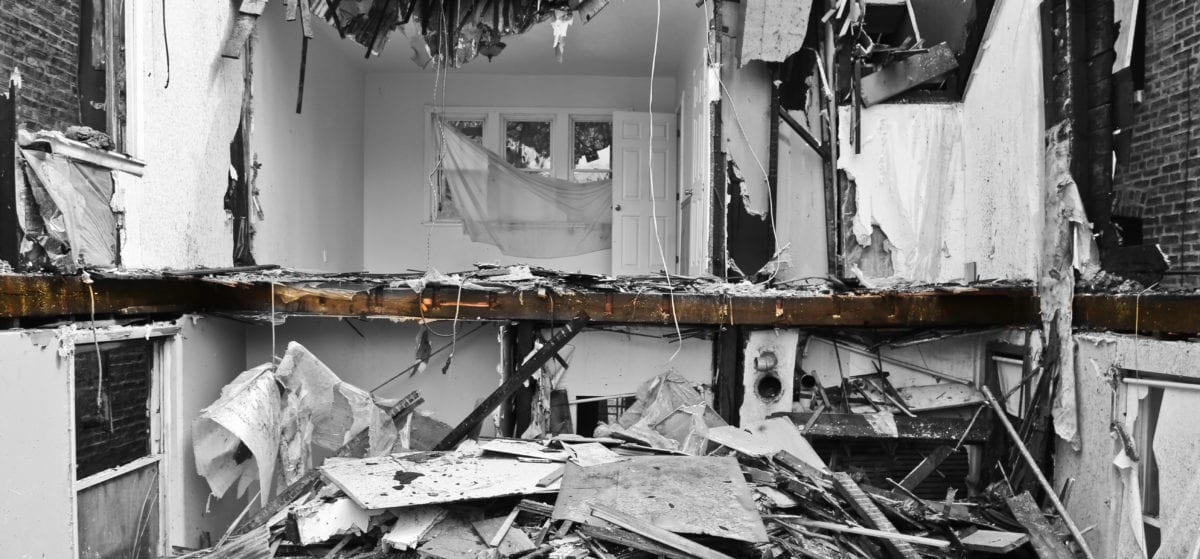
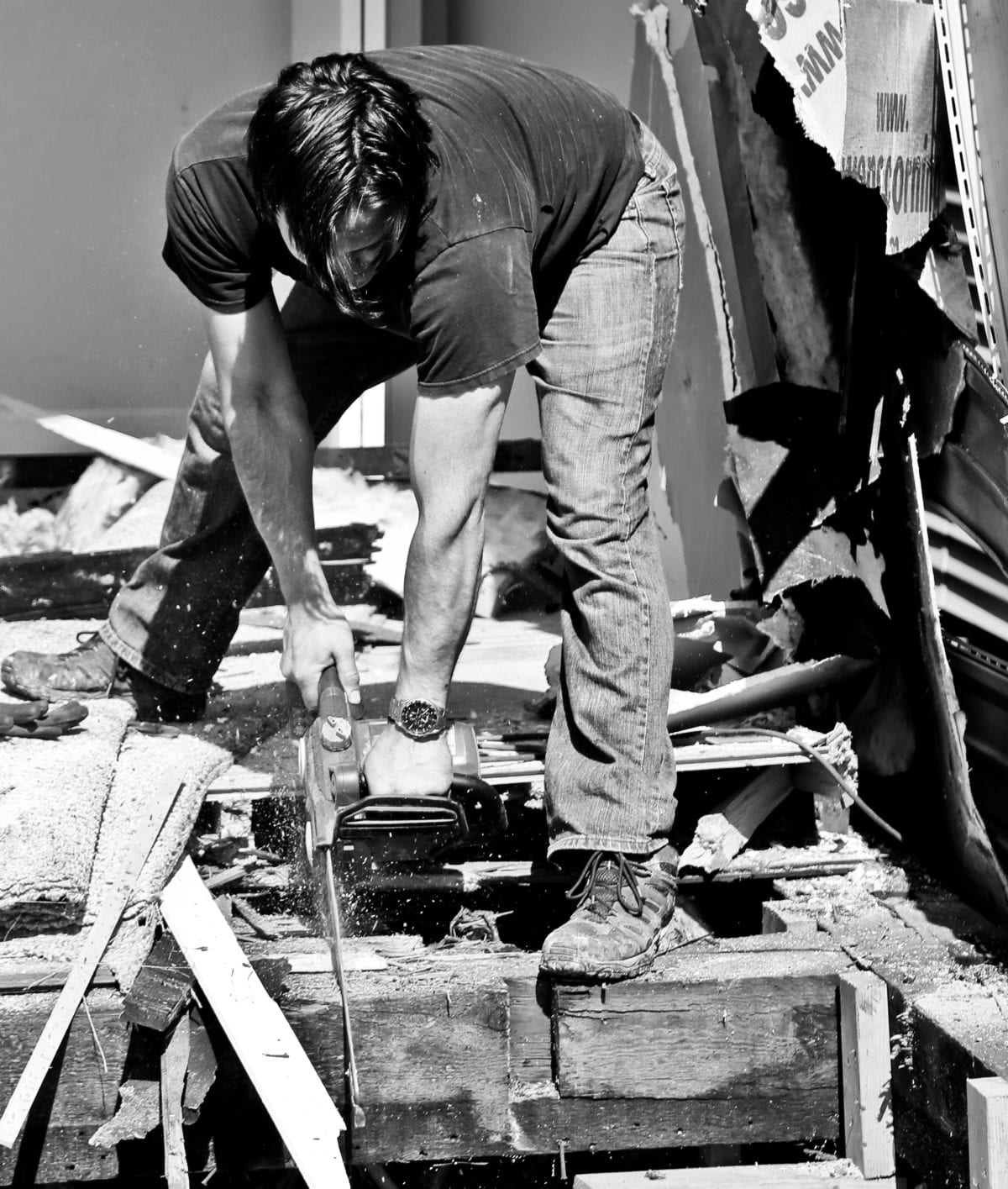
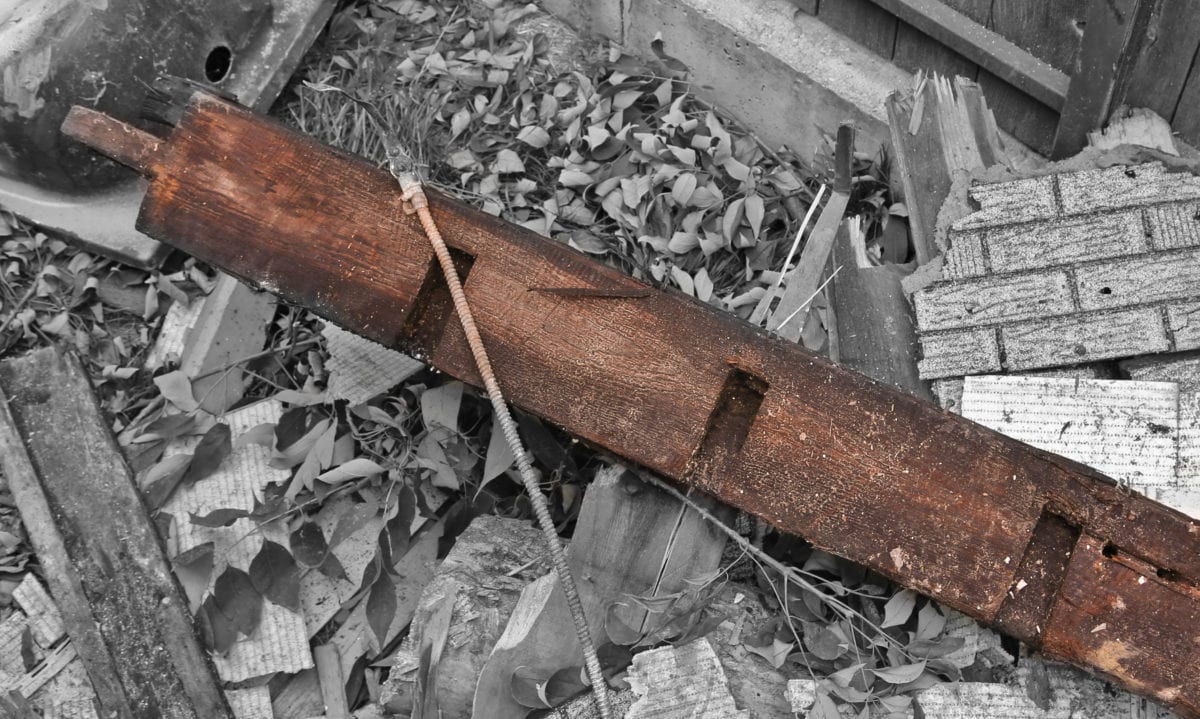
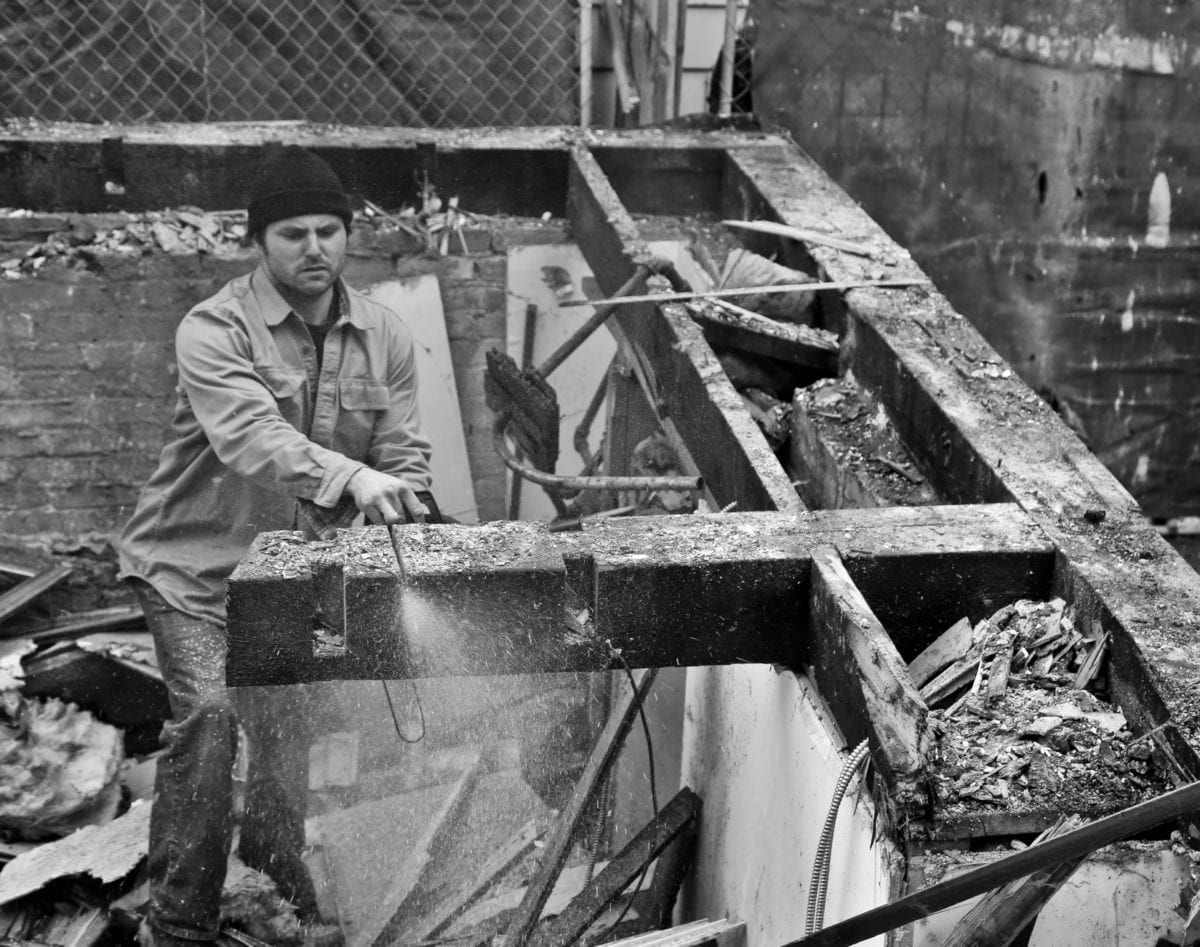
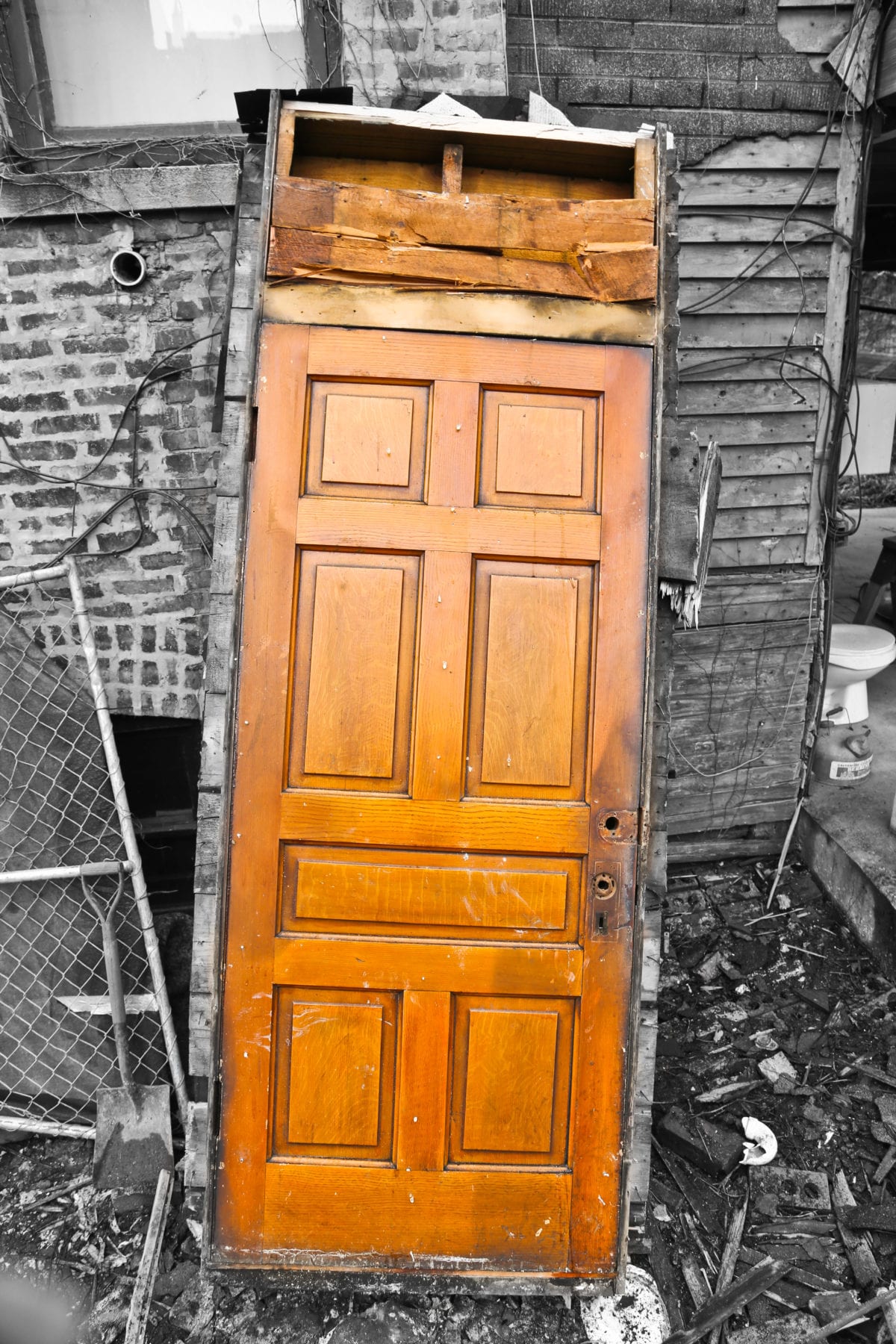
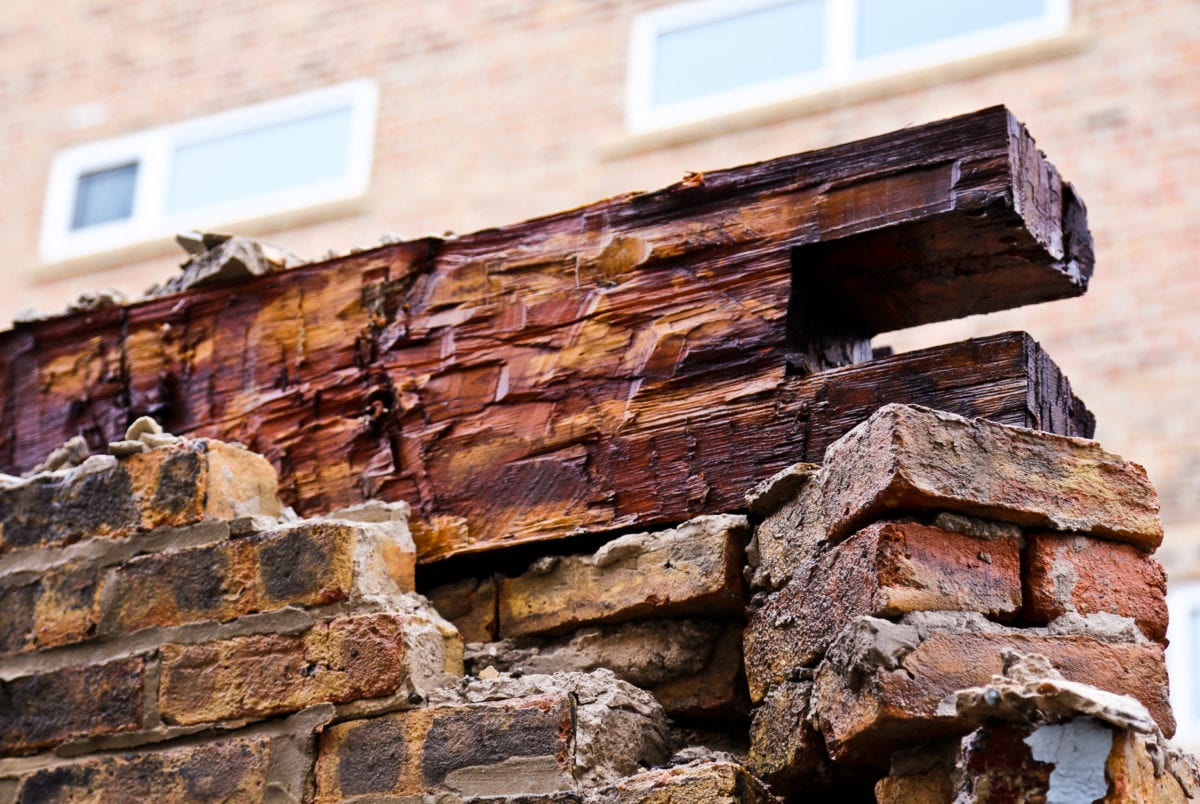
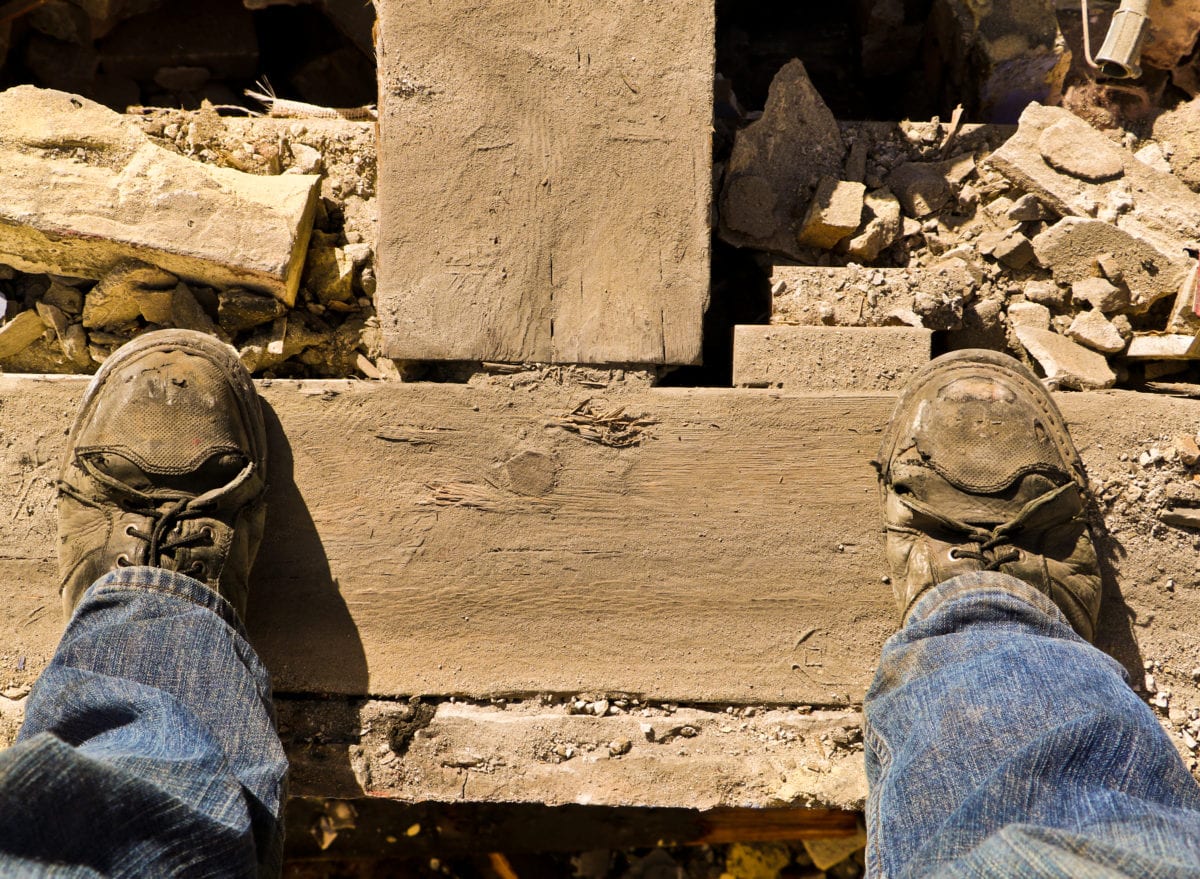
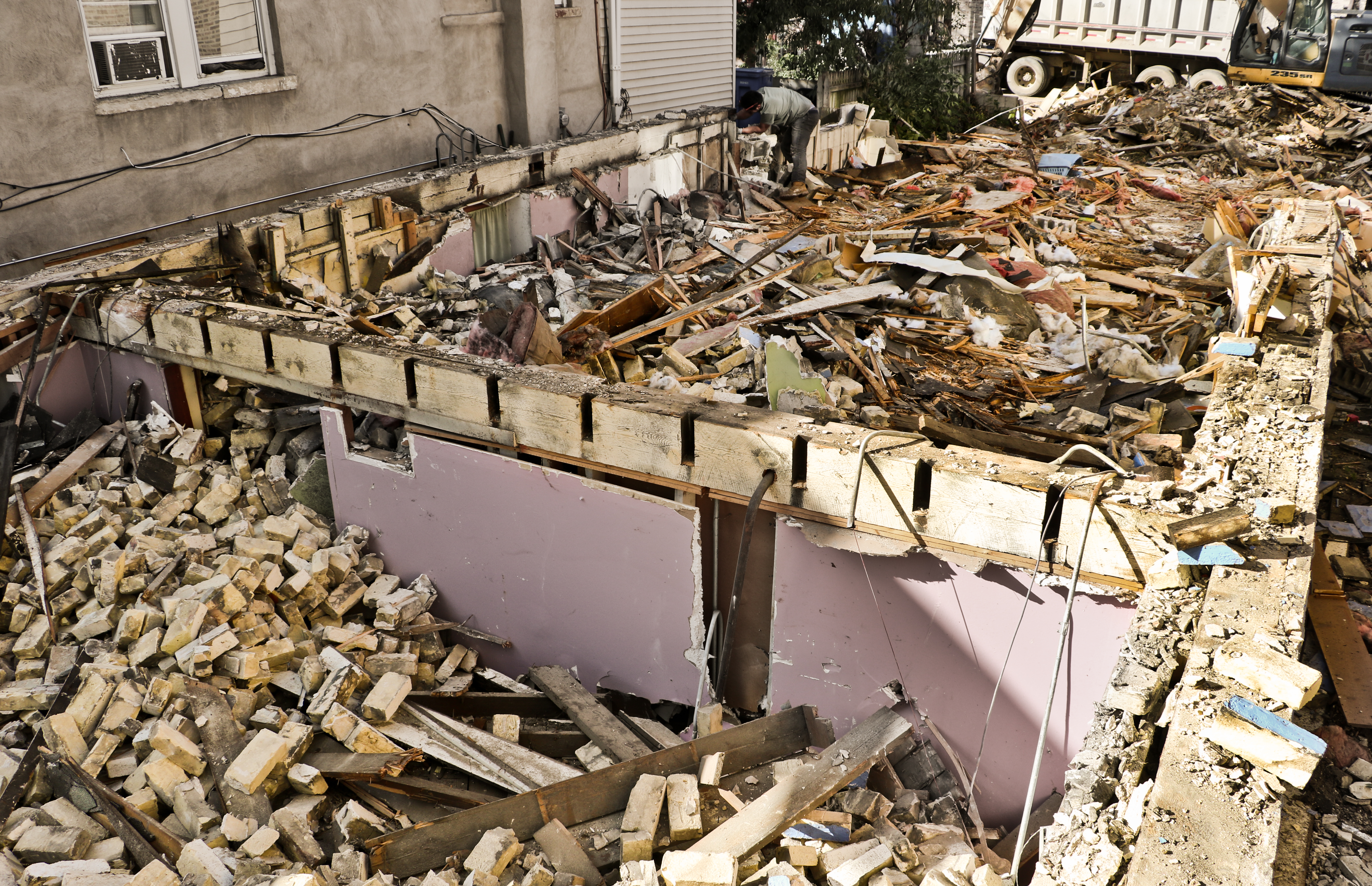
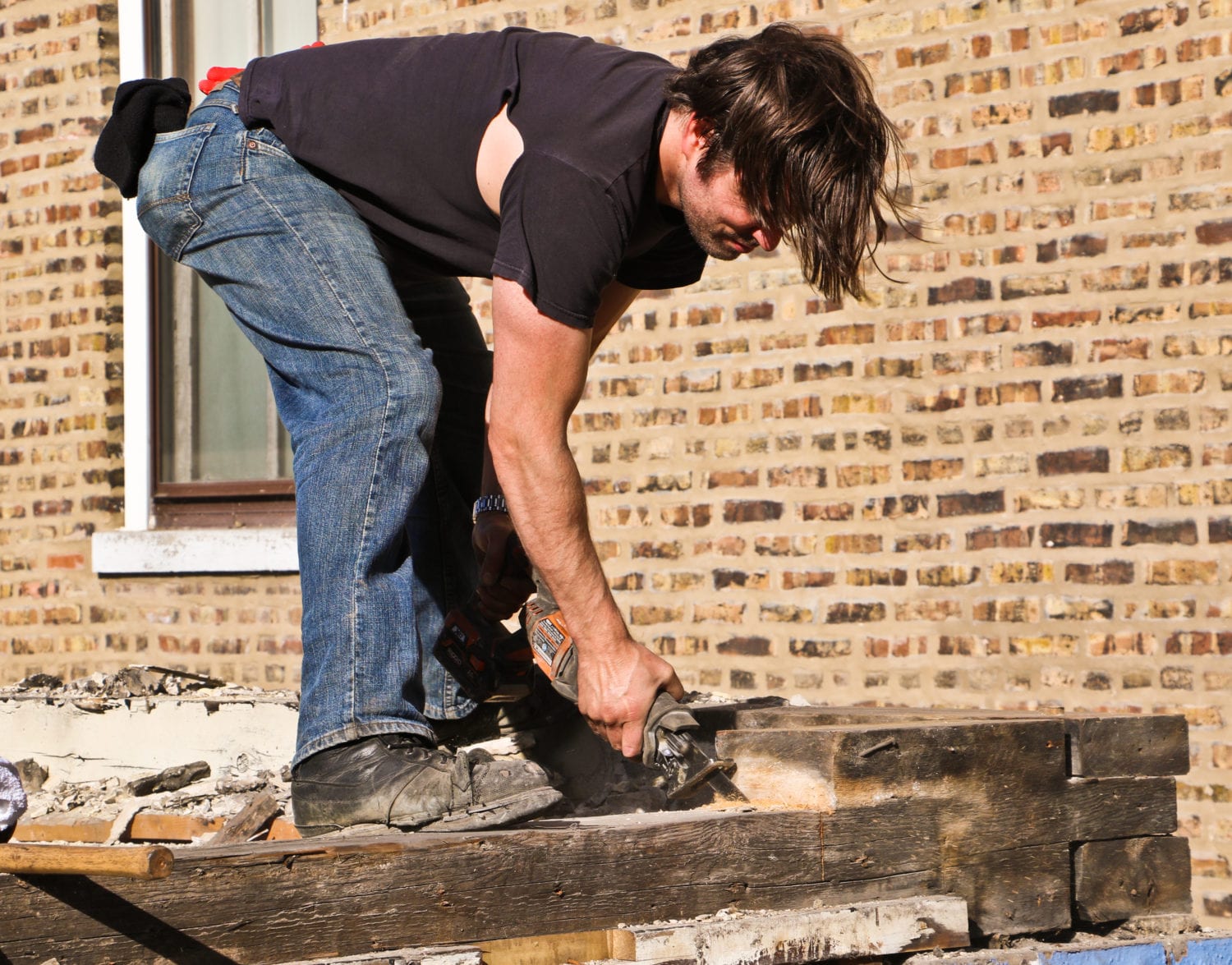
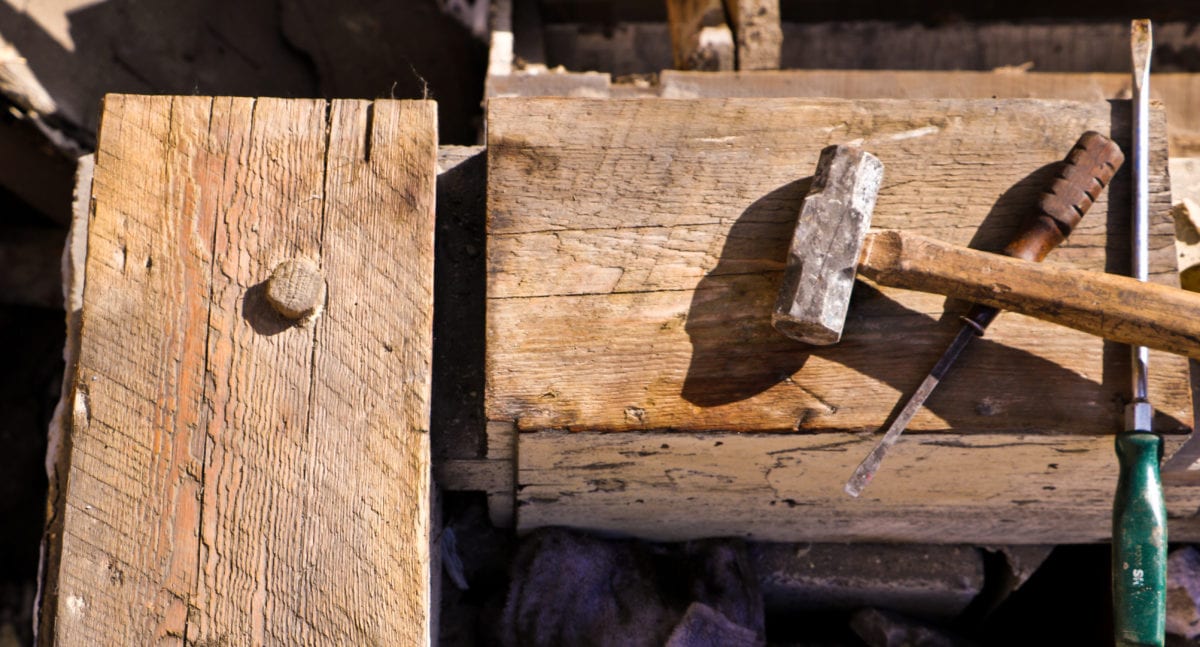
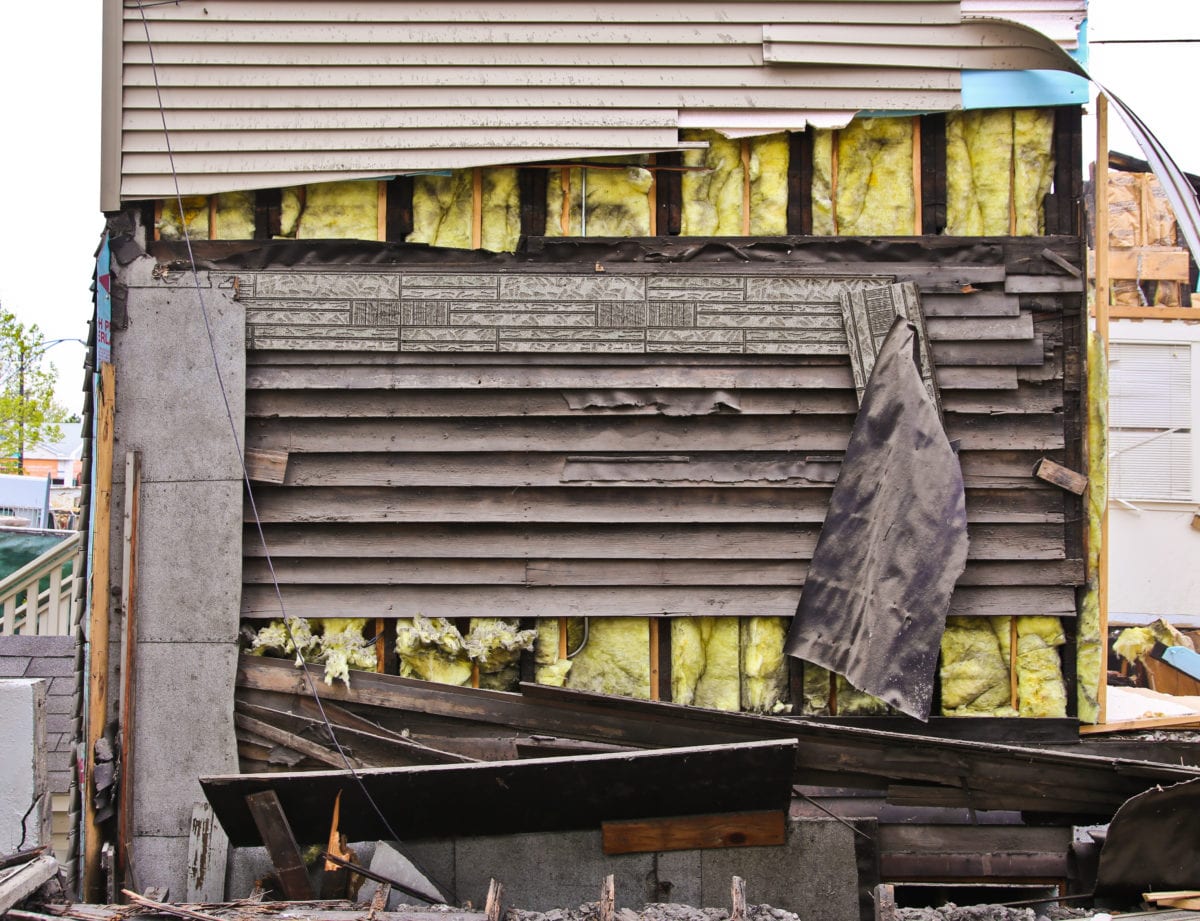
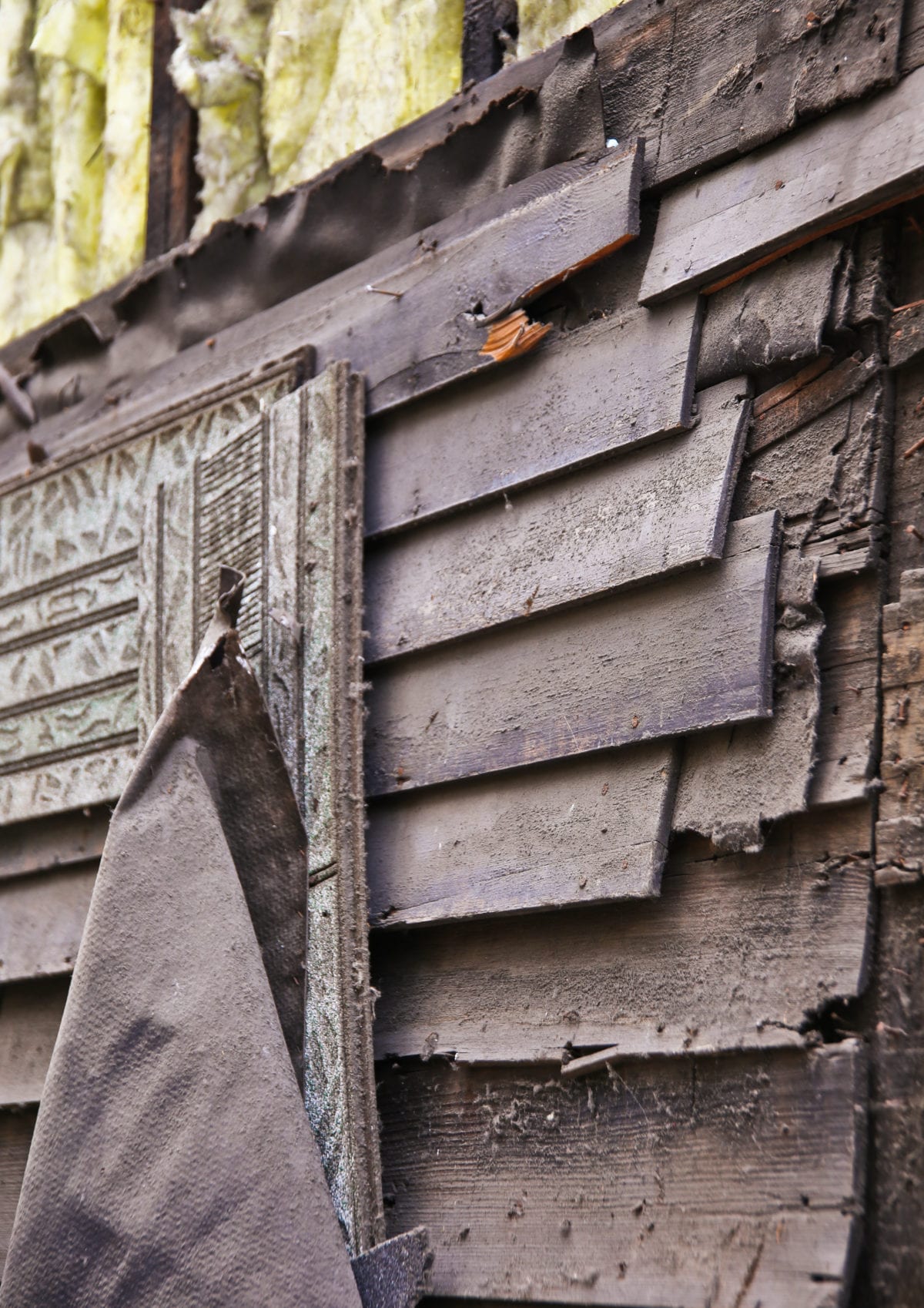
for my part, I continue to think of this work as a sort of legacy. if nickel is remembered as the main individual chasing down and recording adler&sullivan-designed commissions during the height of urban renewal (can you imagine the pressure, and perhaps the propensity to self-destruct?), when the wrecking ball was right around corner time and again, i would like to be remembered for chasing down 19th century chicago cottages. i have spent the better part of my career studying (in the field) how they were built, the materials used, and discovering the many "portals" hidden behind walls or floorboards, or in backyard privies, where chicagoans of a bygone century left the remnants of their daily lives.
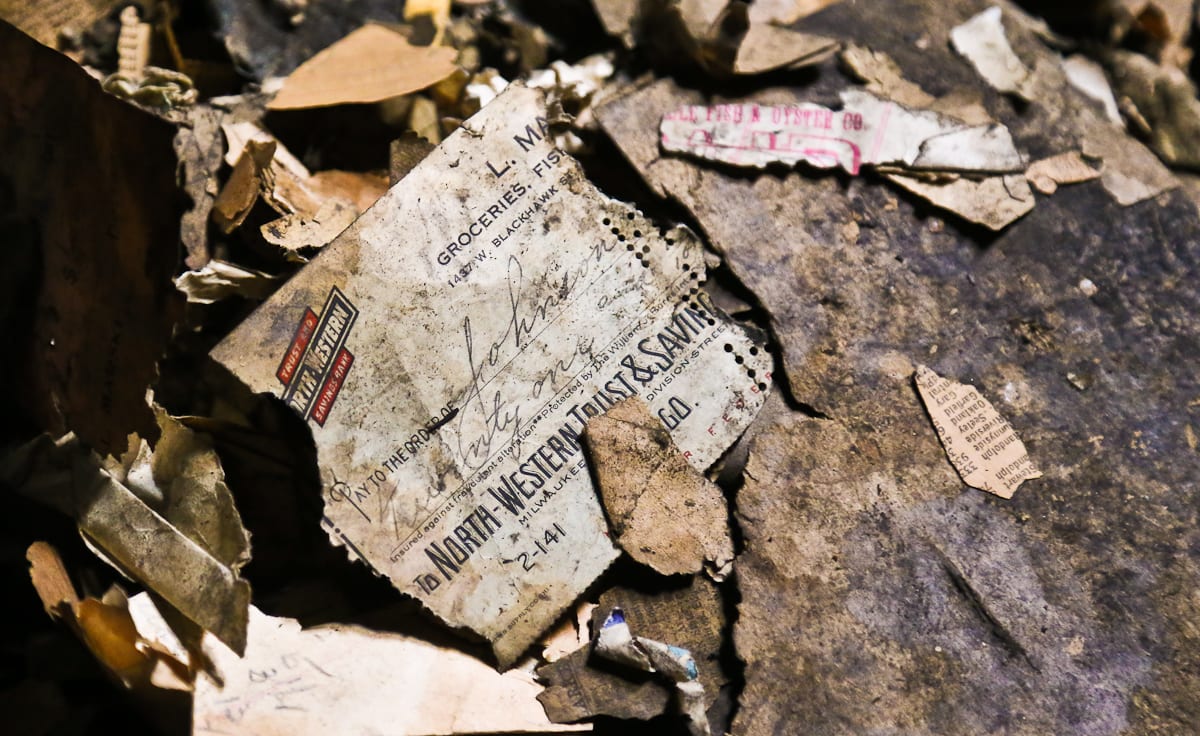
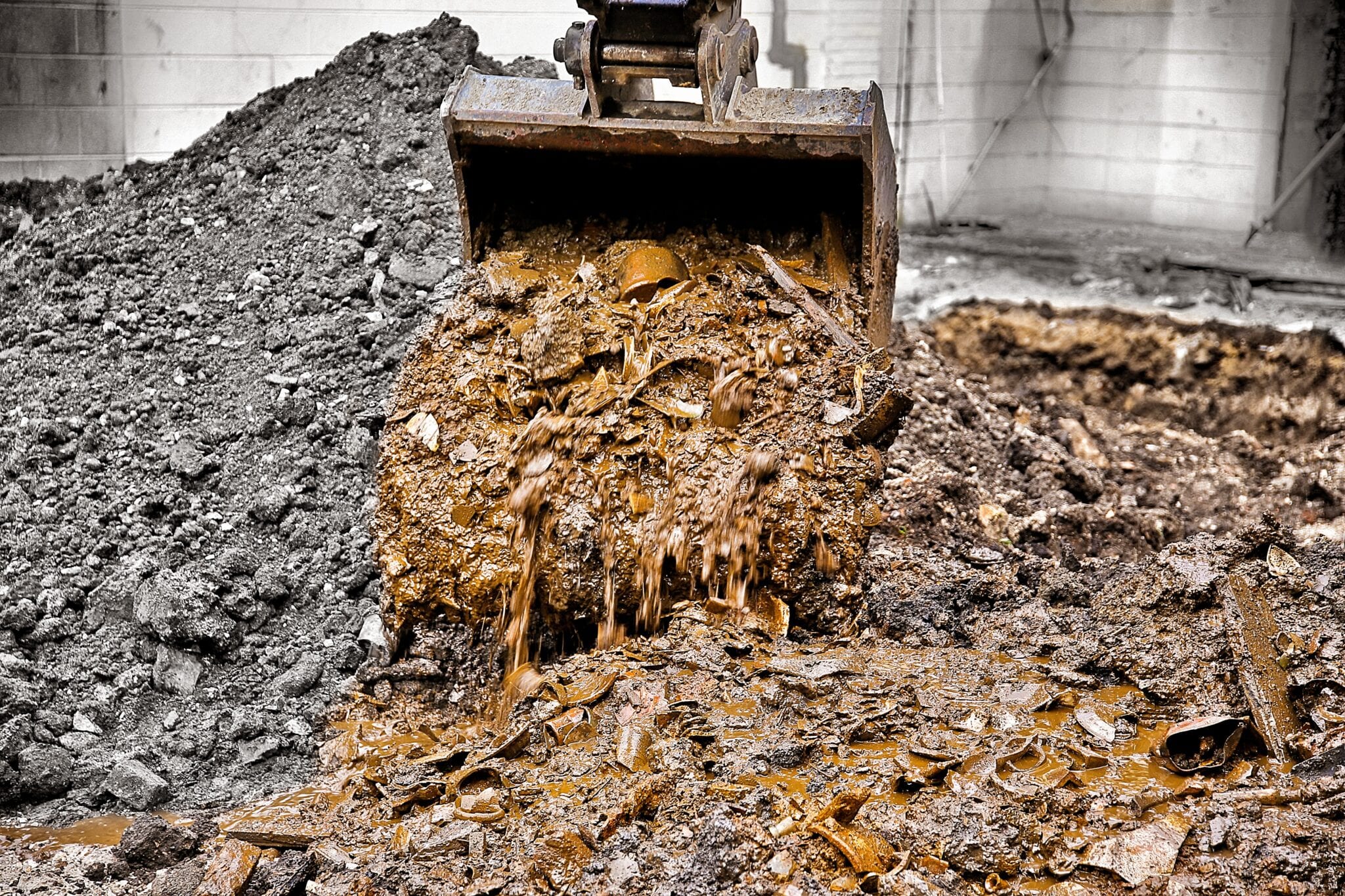

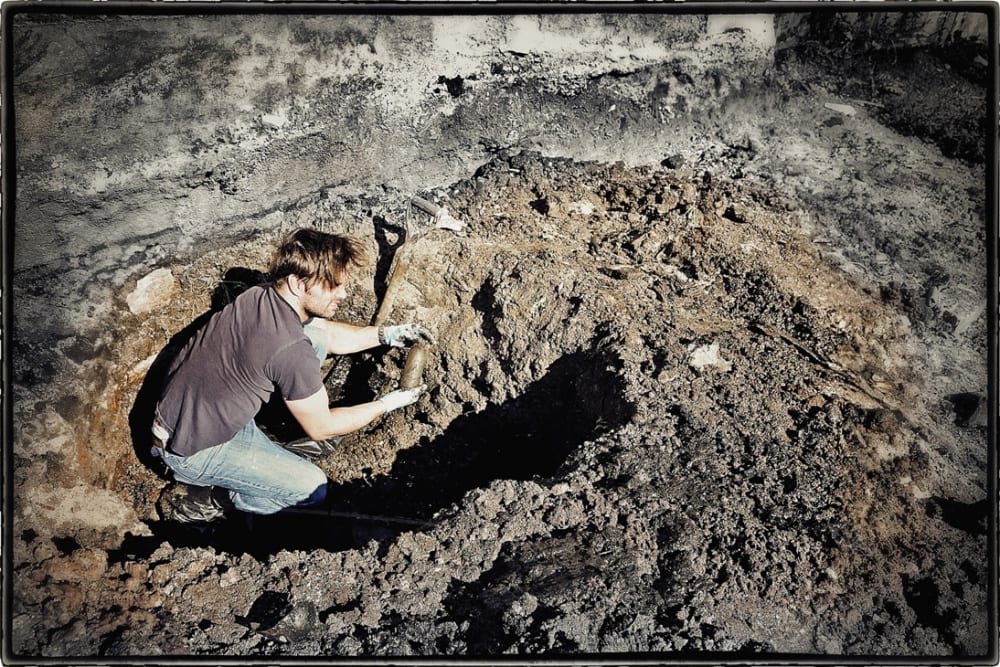
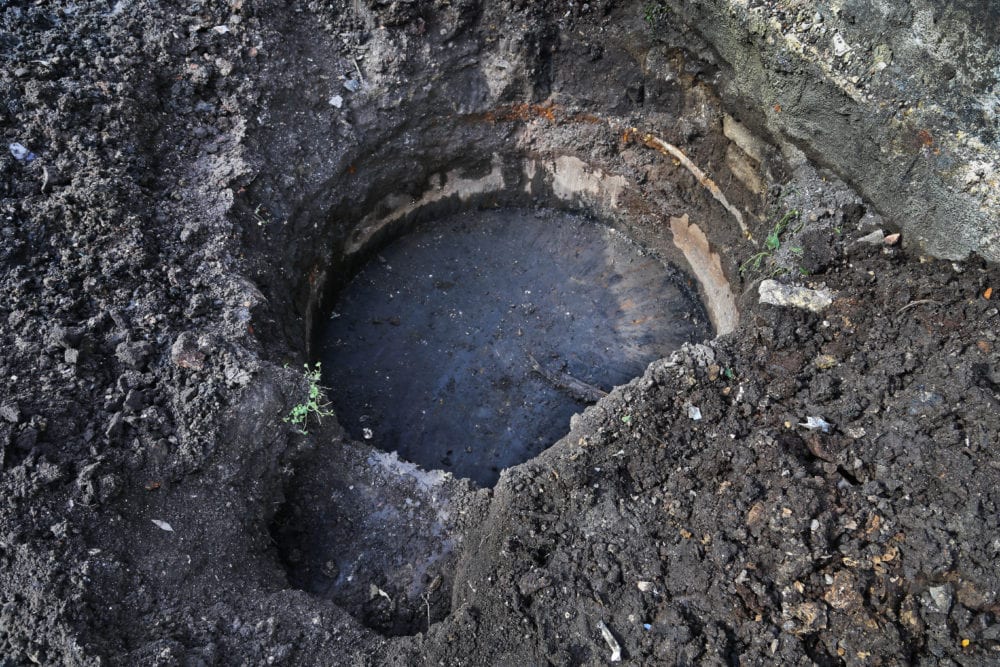
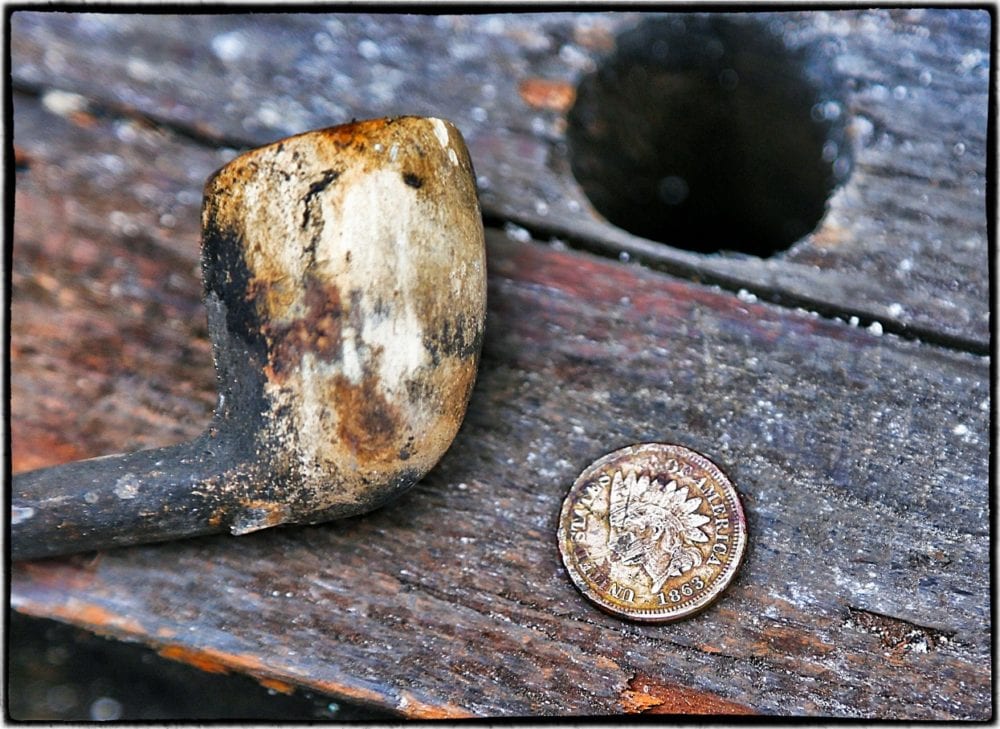
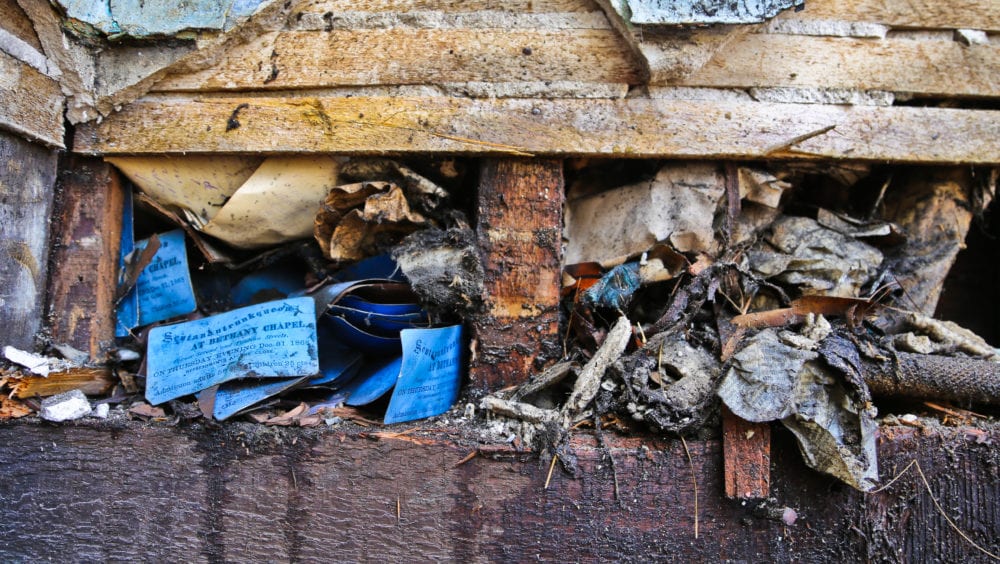

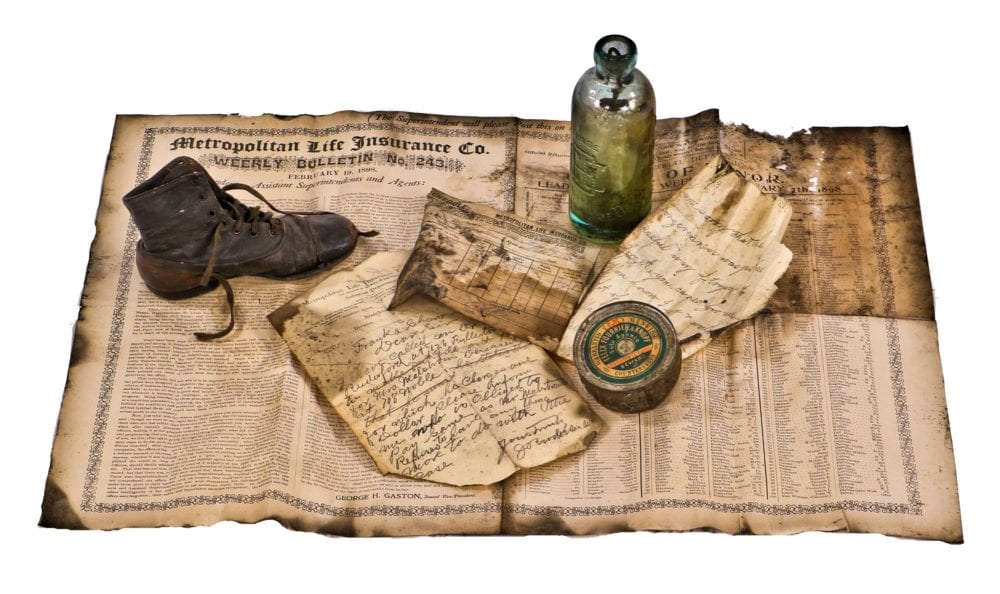
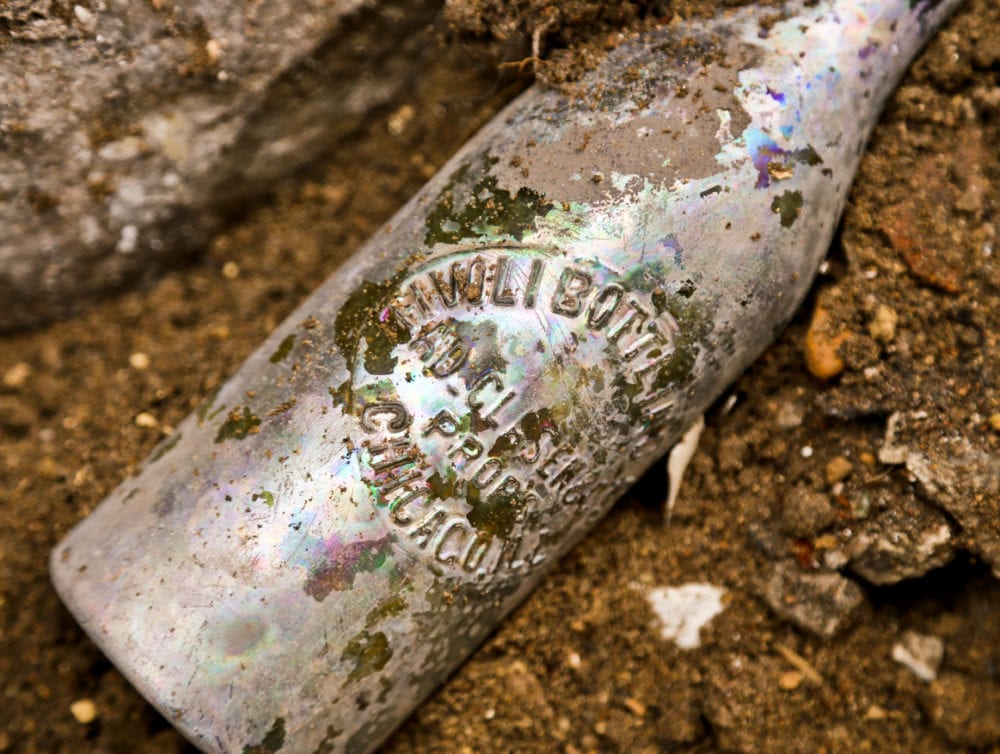
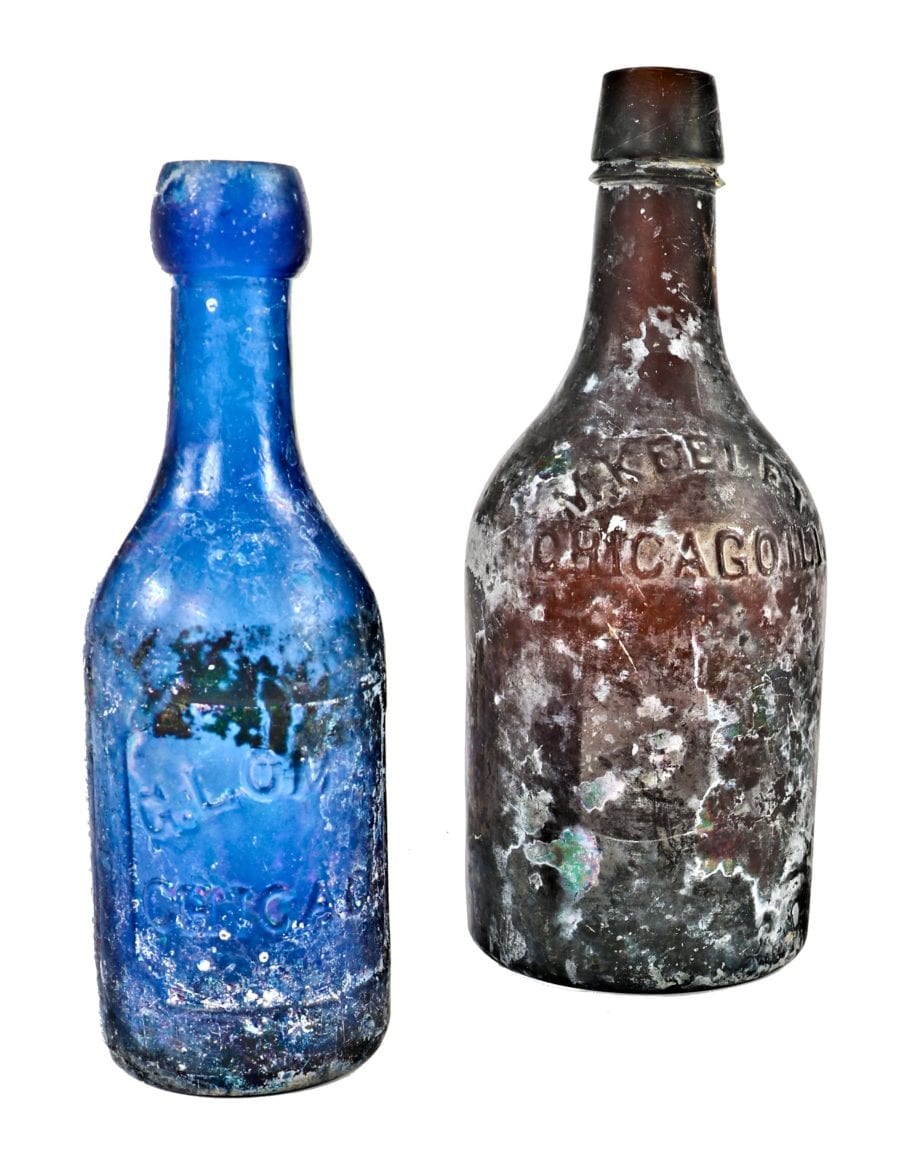
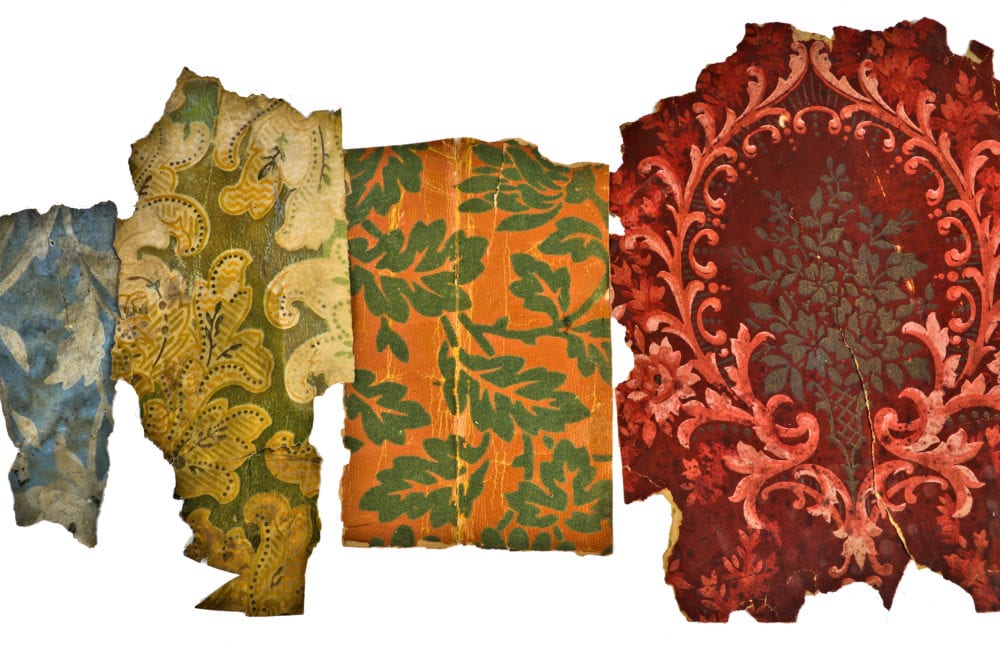
these clues lie in wait to be rediscovered and revived, to speak to the daily lives of these cottage dwellers. perhaps too, this body of work will shed light on the largely unnecessary and utterly wasteful handling of these residences. though the buildings may at times be outdated, they are nonetheless built to withstand another hundred years of chicago's unforgiving seasonal changes. in fact, those 19th century cottages that have dodged being targeted for development will surely outlast today's "cookie cutter" substitutes, which strip the character from each and every neighborhood they invade.
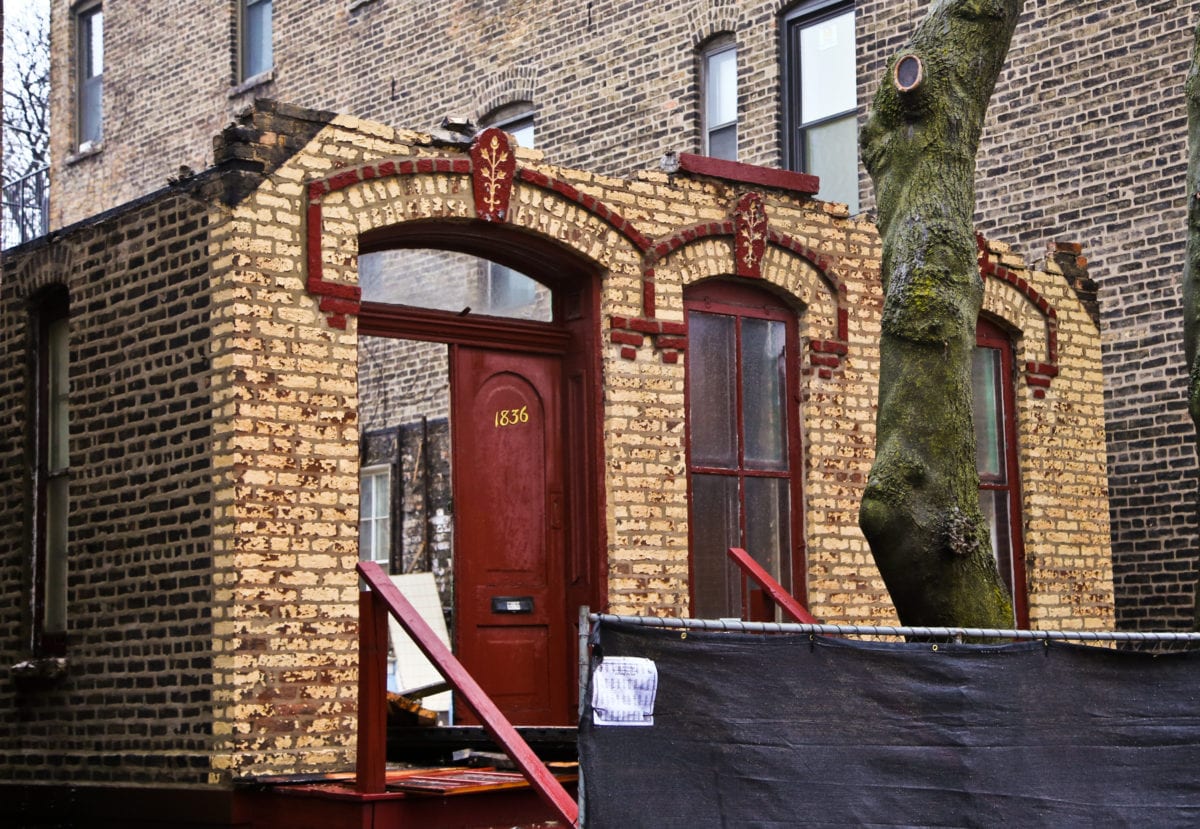
This entry was posted in , Miscellaneous, Salvages, Bldg. 51, Events & Announcements, Featured Posts & Bldg. 51 Feed on October 3 2022 by Eric
WORDLWIDE SHIPPING
If required, please contact an Urban Remains sales associate.
NEW PRODUCTS DAILY
Check back daily as we are constantly adding new products.
PREMIUM SUPPORT
We're here to help answer any question. Contact us anytime!
SALES & PROMOTIONS
Join our newsletter to get the latest information
























